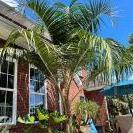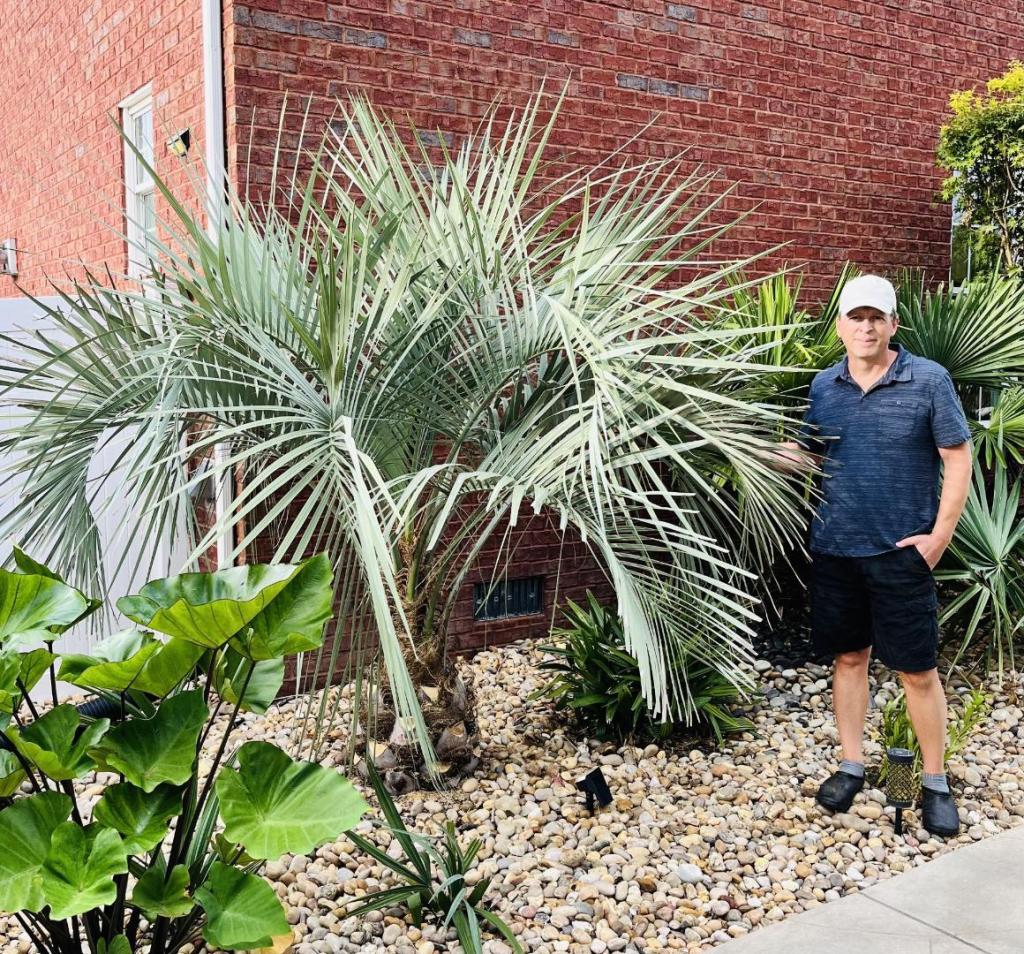Leaderboard
Popular Content
Showing content with the highest reputation on 01/29/2025 in all areas
-
6 points
-
These palms get almost no love from anyone for whom they're not a zone push, because they're everywhere. But they're everywhere precisely because they grow everywhere. Cold, heat, clay, sand, water, drought.... they'll take it all. There are two Washingtonia robusta in high desert just east of Aguila, AZ, growing on a hillside with <10" of rain per year that were planted in the sixties when there was a rest stop there. After all these years, they're still hanging on with no irrigation. I just dug two up in my yard to transplant. In my mucky, wet clay, they have shot roots in every direction and thrown a new spear a month. There's a reason they're ubiquitous, even if they're boring. What a tough, fantastic palm.6 points
-
6 points
-
5 points
-
5 points
-
5 points
-
5 points
-
5 points
-
I'm adding more and more Pinanga to the garden all the time. Truly amazing colors. I'm only worried that they might get too tall so the wonderfulness is lost in the canopy. Pinanga speciosa just dropped an old leaf two days ago. The purple crownshaft is especially striking contrasted with the white flower buds. The flowers should open early tomorrow morning to a bee orgy that I previously reported in another thread. Just power through the first couple of years of ugliness when they are small. It gets better. My Pinanga caesia has not begun to trunk, so only a hint of the fantastic crownshaft to come as seen on Palmpedia. And yet, the intense color at the base of the petioles is already eye-catching. Pinangas are so much more than great crownshafts and fruit. Many are advertised as having mottled leaves, but in my experience, not all deliver. Pinanga copelandii definitely does. So if your climate allows, I recommend stocking up on this genus. There are 100 to choose from. Also consider staggering new additions every few years so when the older ones get too tall to appreciate, some younger ones are still at eye level.5 points
-
4 points
-
Lol I just wanted to showcase what an invasive sp should look like even in the controlled environment of a public park. Of course one would expect to see a layer of Chamaerops seedlings, instead in reality there is a carpet of naturally sprouted Livistona chinensis young plant in various stages of growth!4 points
-
4 points
-
4 points
-
4 points
-
4 points
-
4 points
-
4 points
-
3 points
-
A few rps goodies in this little clutch of baby sabinara. Around 3 years old, I lost a couple this season at the end of winter. One had spear pull. It is now growing strong. Another winter and i might get around to planting the big one I have. But having them grow so far as nice seedlings it will be interesting to see if they will live in the ground with cold wet feet. Time will tell.3 points
-
The coldest temps were in Louisiana so the further east the worse the damage. If I hadn’t protected my queens I’m pretty sure they’d be toast. I walked around today in the yard and everything looks much, much worse. Standard Agave Americana is damaged heavily which surprised me. 50 shades of brown minus the Yuccas3 points
-
FWIW sabal Bermudana was unblemished by 16f and a foot of snow!3 points
-
3 points
-
3 points
-
3 points
-
3 points
-
3 points
-
3 points
-
3 points
-
3 points
-
2 points
-
My good friend Phil who lives in town has a knack for gardening in his retirement years. He would purchase old houses and renovate them and put a garden in and sell them after 5 houses he has finally settled down in heritage listed 150 years old house. He has done a fantastic job renovating this house it’s been a pleasure to watch him do so. We get together in each other’s gardens and talk about plants and gardening always sharing our gardening knowledge. I have learned a lot listening to my good friend about gardening. He has a great eye for gardens always offering me advice it’s good to learn from a master of gardening.2 points
-
I am mighty tempted to start planting too. The first half of Feb. looks safe (no hard freeze) for CenTX and southward. The majority of long-range guidance is pointing to a hot spring and first half of summer with the majority of cold air staying along northern tier states, and likely a hard and long second half of winter for them. I may start with the largest 15 G palms I have, that are also pretty cold hard species just to get things rolling. Plus, I have other non-palmy plants that can easily take cold that I could start planting out. Decisions, decisions. -Matt2 points
-
Winter is over in Houston and south Texas guys, I'm calling it now. Its time to get those plants in the ground !!! Looks to be a long streak of 80 degree days and nights in the 60s next week. That'll definitely wake everything up 😊2 points
-
2 points
-
For what it's worth my bangalows had zero damage at 27°F wrapped in Christmas lights only for their first winter in the ground. You should try some Archontophoenix cunninghamiana 'Inge Hoffman'. Her mature palm defoliated at 18°F but survived. Supposedly they grow slower than regular bangalows too so you can grow them longer protecting as needed.2 points
-
2 points
-
On the ground here in Fresno, this winter has seen very little frost (if any? except in low lying, rural areas) and a low temp so far of 34F. Cannnas untouched, bananas untouched, brugmansias untouched. I'm anxiously watching the sun's angle increase week by week.2 points
-
2 points
-
A nice little batch of seeds arrived today. This lot should keep me pretty busy if all goes according to plan (the best laid plans of mice and men can go astray) I will have a couple of palms to pot up. All the seeds arrived fresh and looking good straight through customs within 5 days not to bad considering the rate at which customs work. So now all I have to do is wa a few months to see what happens. The lanonia dasyantha had started to germinate so not to bad iam happy with that. And as for therapist to try and cure my addiction I wouldn’t bother I don’t won’t a cure.2 points
-
I would assume so, I didn't protect it on purpose. That thing has looked terrible ever since I planted it. Life is too short for crappy looking palms that are limping along.2 points
-
This particular palm will have little to no set back from repotting. If they don’t come out of the pot easily just slice the sides and pull out. Don’t massage the root ball , leave it as intact as possible. I always line the bottom of the pot with smooth round pebbles or stones then cover with potting soil so that the roots have some room to grow place the palm in the pot as close to center as possible and slowly fill the sides with potting soil , make sure you use a sandy loam soil like you would use for succulents, vermiculite is good as well. Palms like good drainage . Leave enough room at the top for flood watering and you should be good to go. I try to find pots with tapered or straight sides for easy removal when the time comes as the palm will be larger and that much harder to handle (thorny beasts , they are!) good luck . Harry2 points
-
2 points
-
Photo please. But as far as I can see it’s the invisible chameadorea. Aha I see said the blind man who could not see.2 points
-
I took the liberty of pinning the meeting so it doesn't get buried by a barrage of CFPACS posts. My personal recommendation is for all that can attend to do so. An easy way to attend a meeting without traveling is to host one If there is anything that those of us in CFPACS can do to help out, feel free to reach out via PM. Link to the meeting post: https://www.palmtalk.org/forum/topic/87926-palm-society-of-south-texas-april-meeting/ Good luck to all in getting this ball rolling at full speed again!2 points
-
2 points
-
2 points
-
2 points
-
2 points
-
This thread started almost 10 years ago with some Calyptrocalyx, so why not one more. Calyptrocalyx albertsisianus. Plus a semi-alba cattleya in upper left. If that is not enough red, here is a clumping Areca vestiaria. These are such prolific seeders that it is difficult to find friends who want some of the gazillion babies. The ground under the tree is a carpet of seedlings. These are beautiful additions to any garden, but might have the qualities needed to become an invasive weed down the road. Don't believe me? Many (most) of Hawaii's worst invasive weeds were deliberately introduced because someone thought they looked good. Then they escaped cultivation and all hell broke loose. So far I don't think any local bird likes to disperse these seeds. By contrast, birds love to carry away Archontophoenix alexandrae seeds. They are spreading ominously across the island. Plants with lightweight, wind-dispersed seeds or spores are the worst. A bit more subdued, Eurtepe sp Orange Crownshaft.2 points
-
2 points


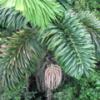
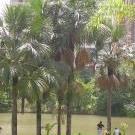
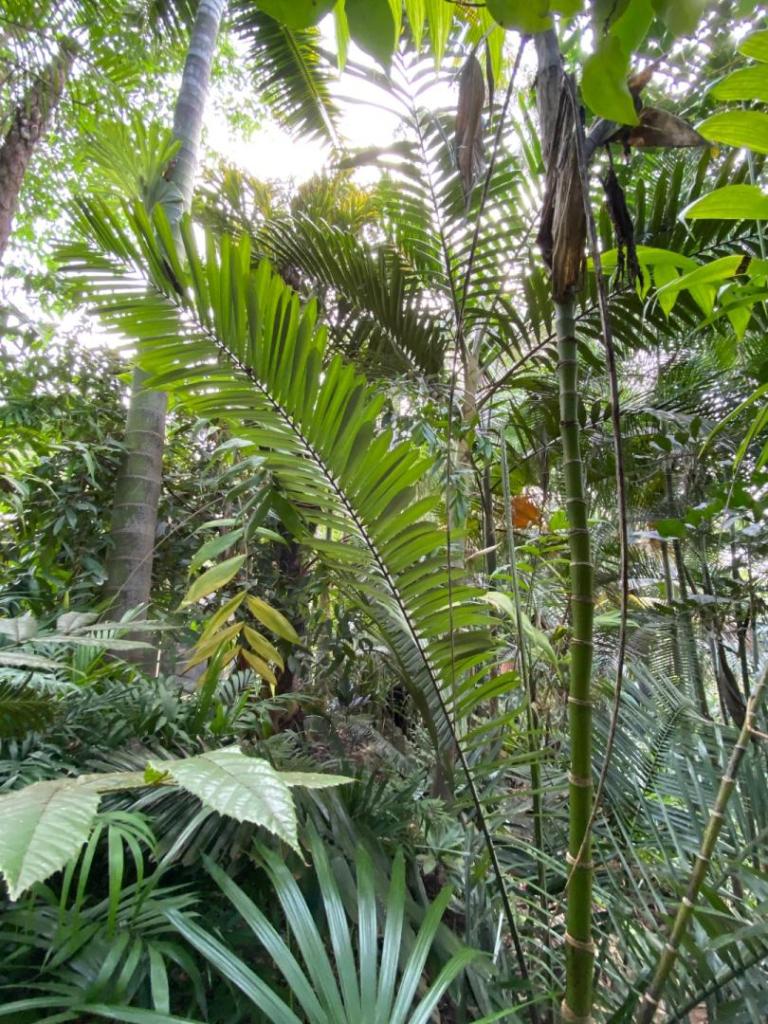
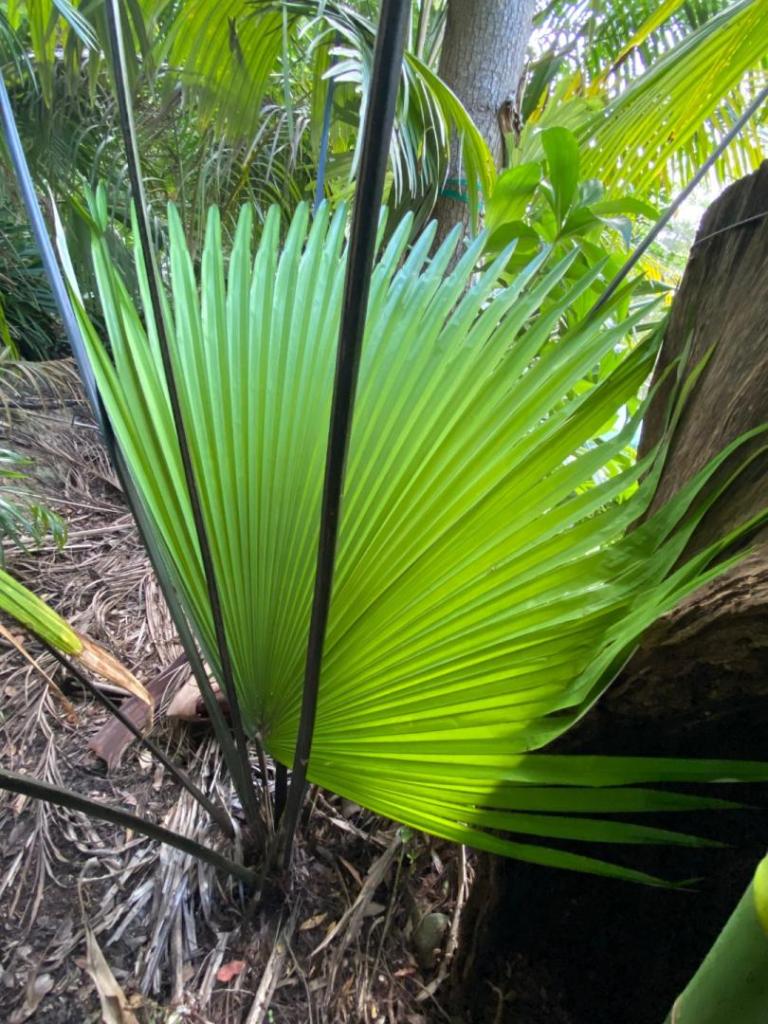


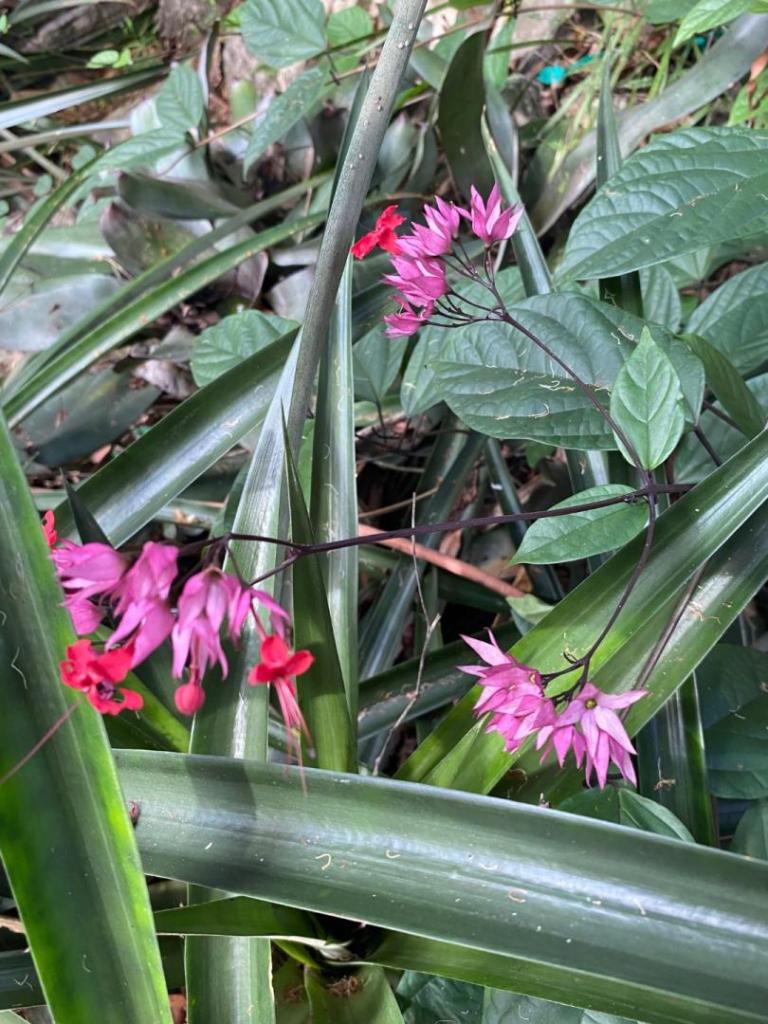

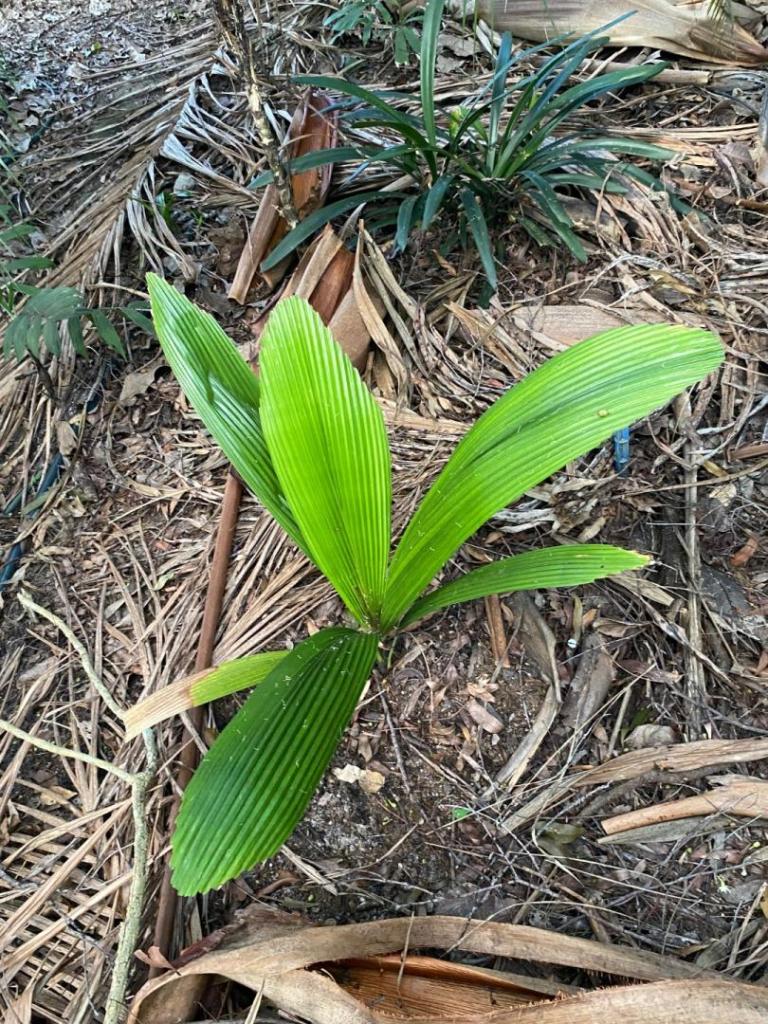
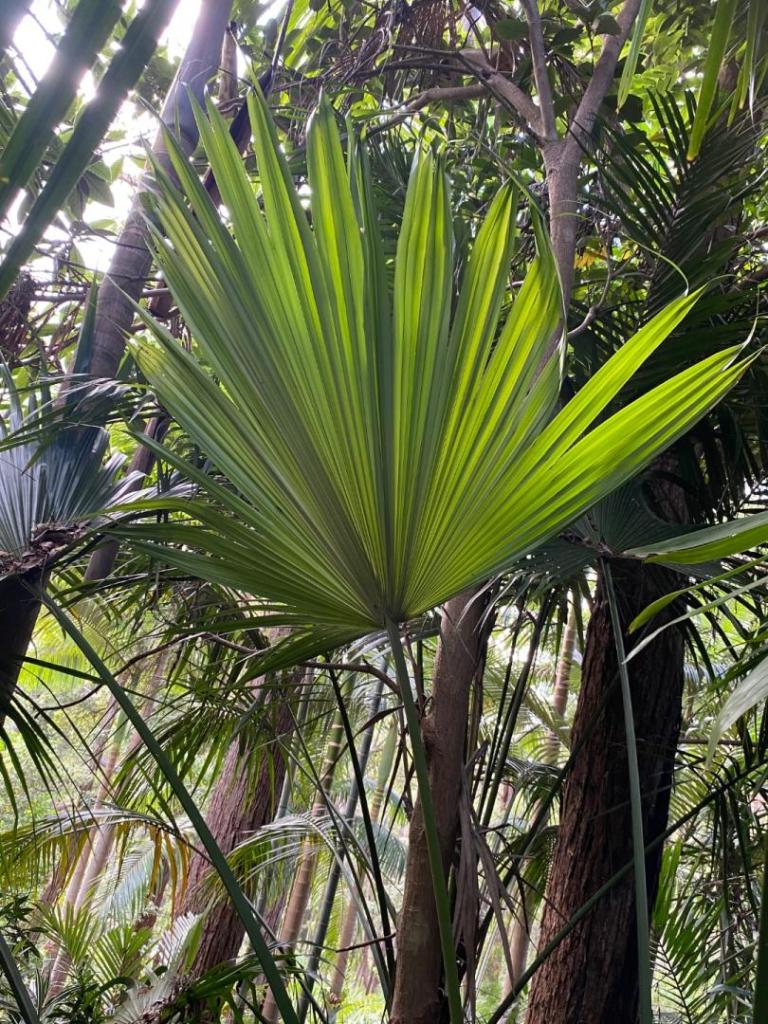
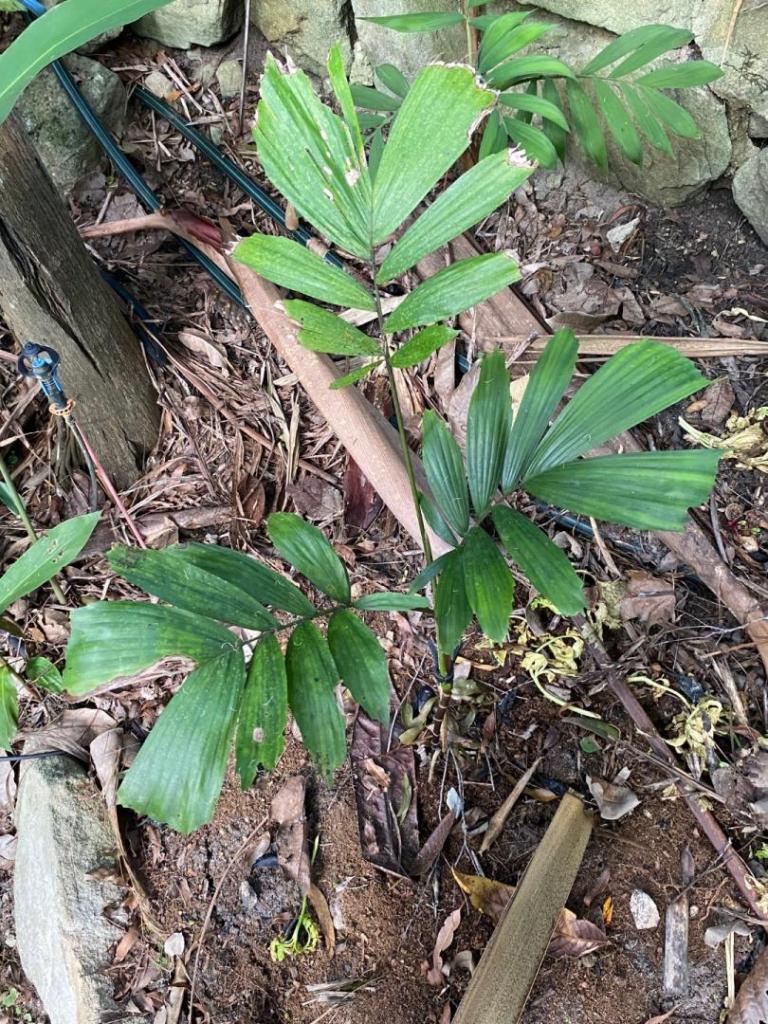

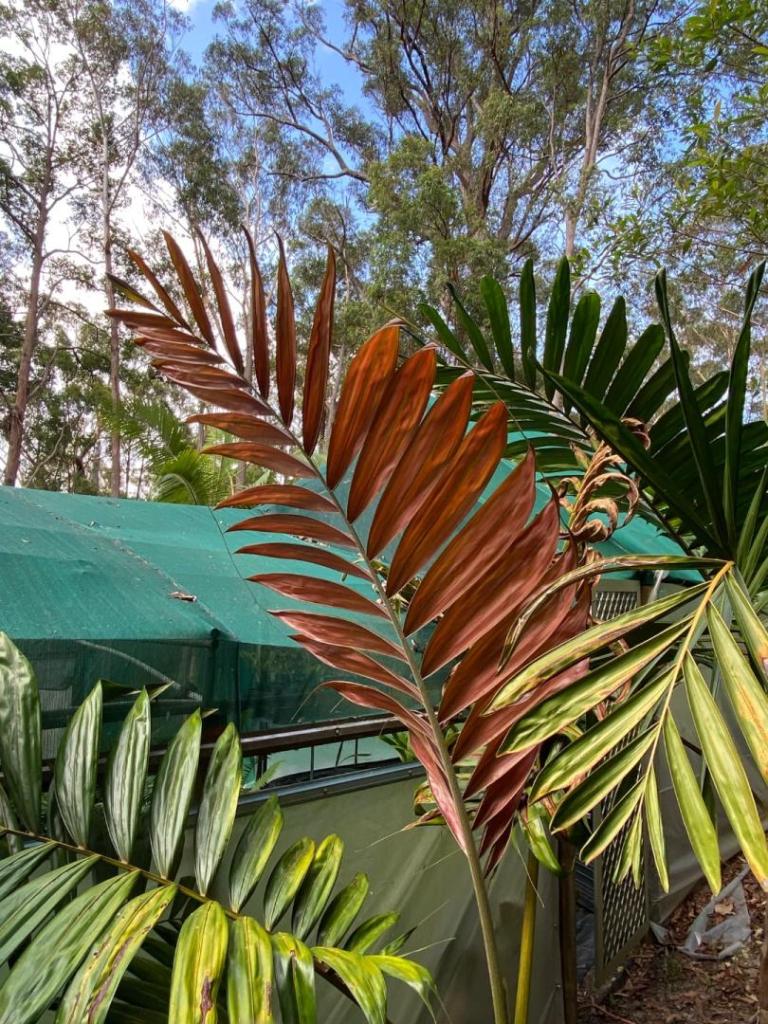
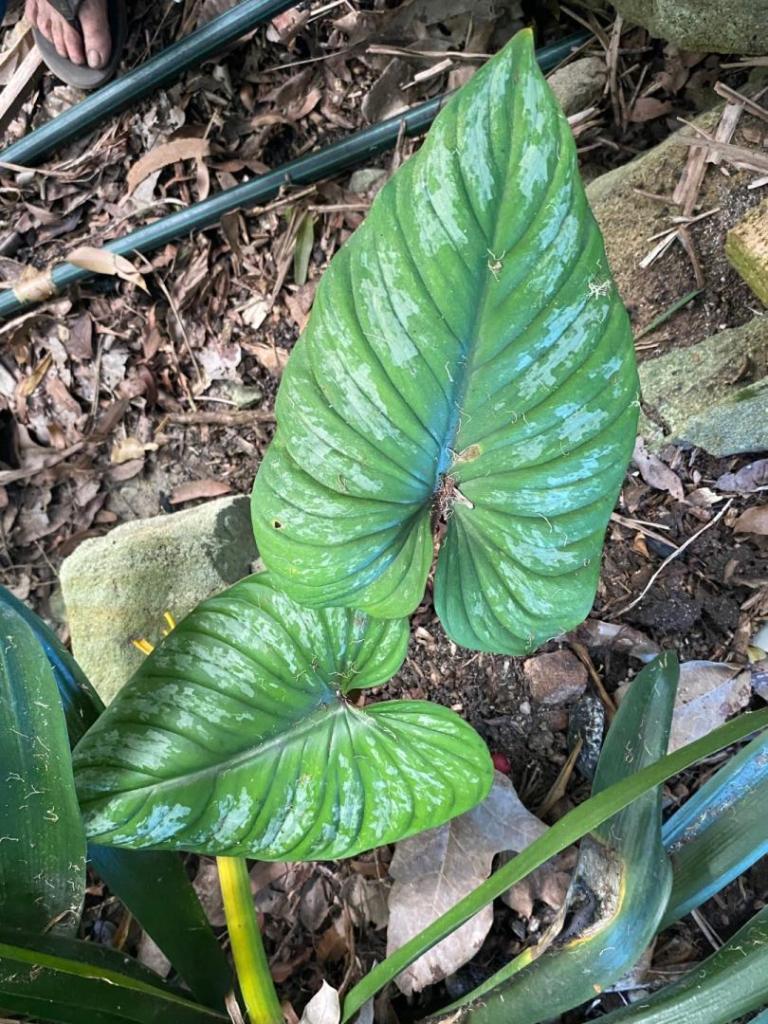




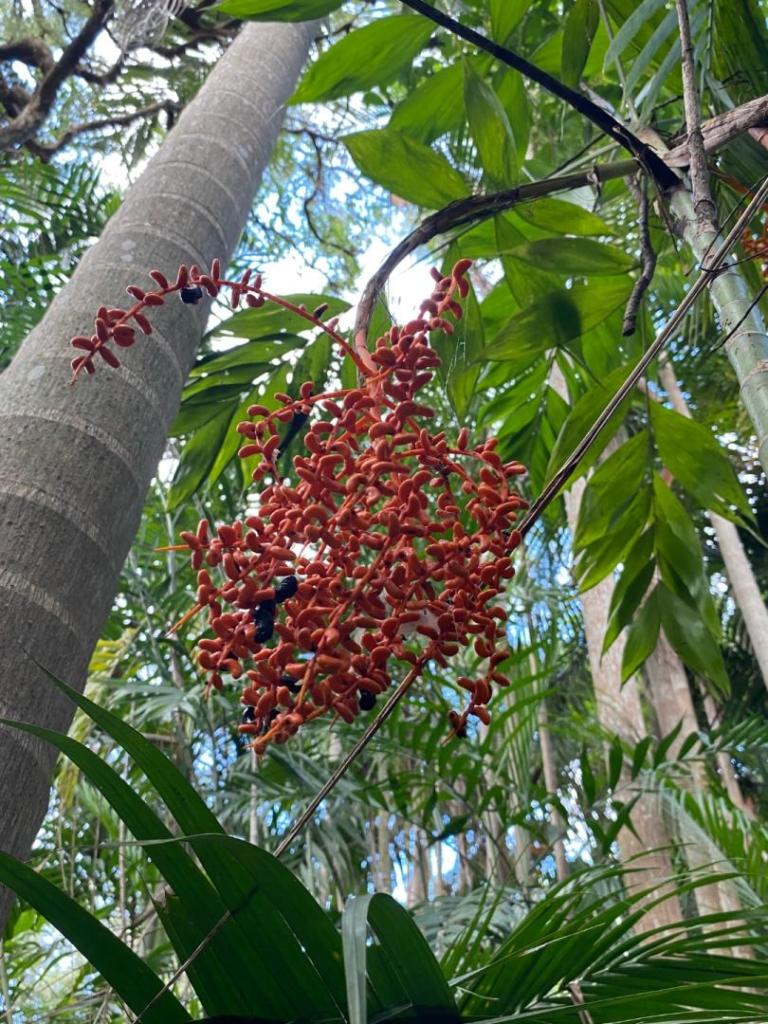

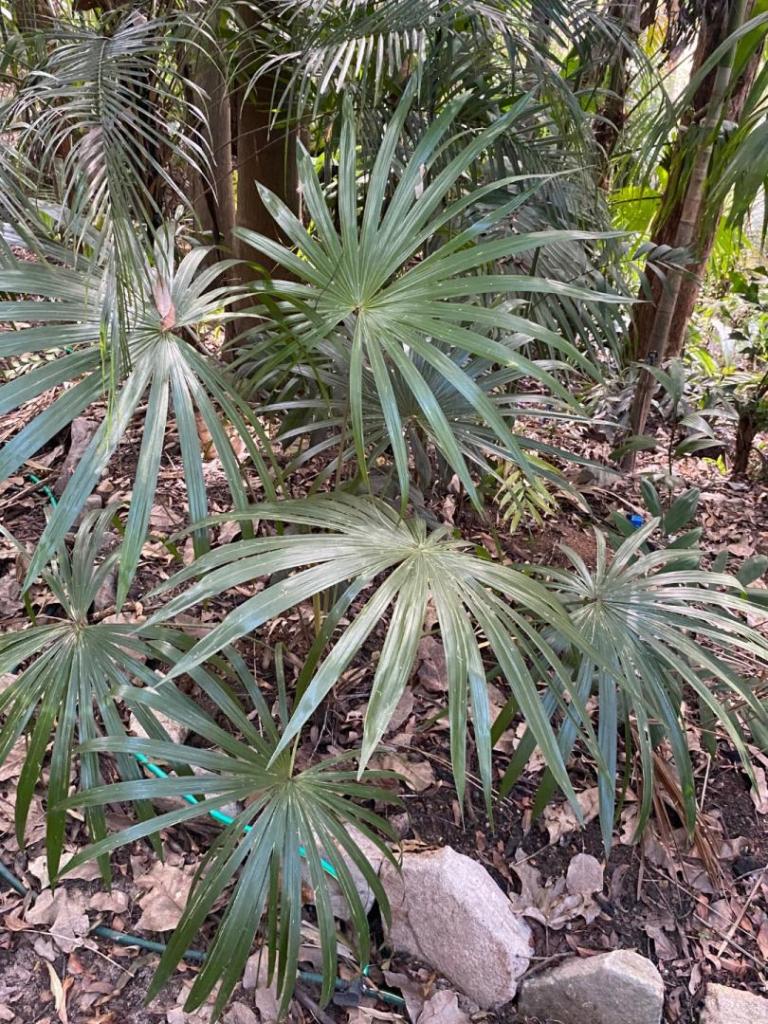
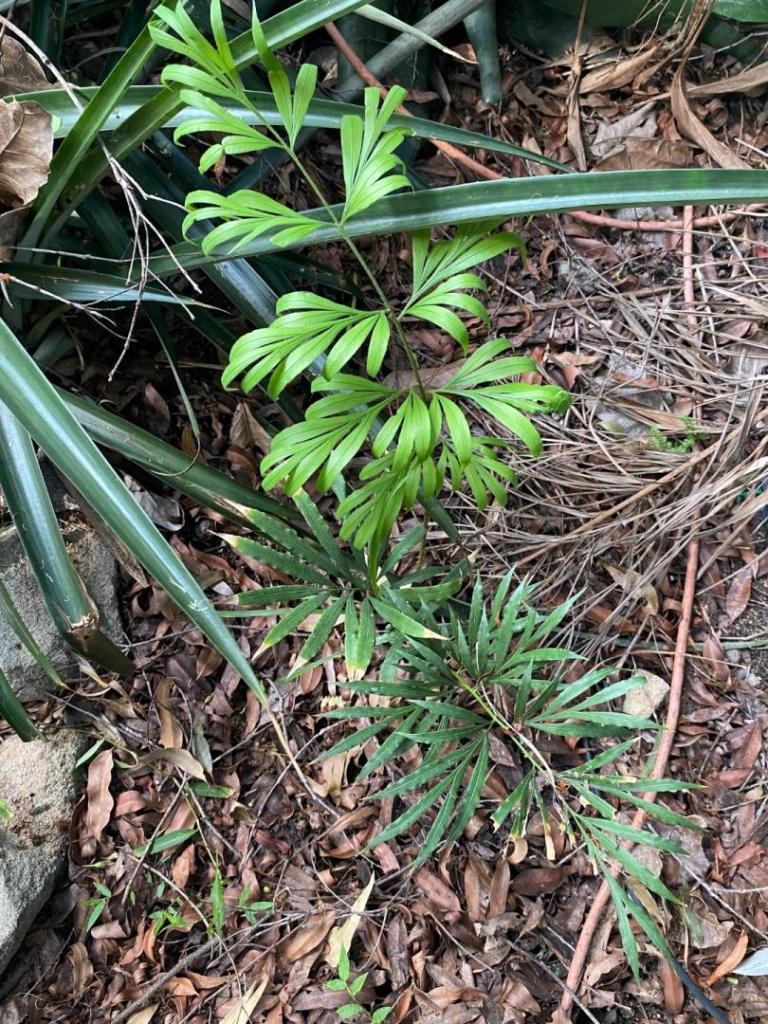


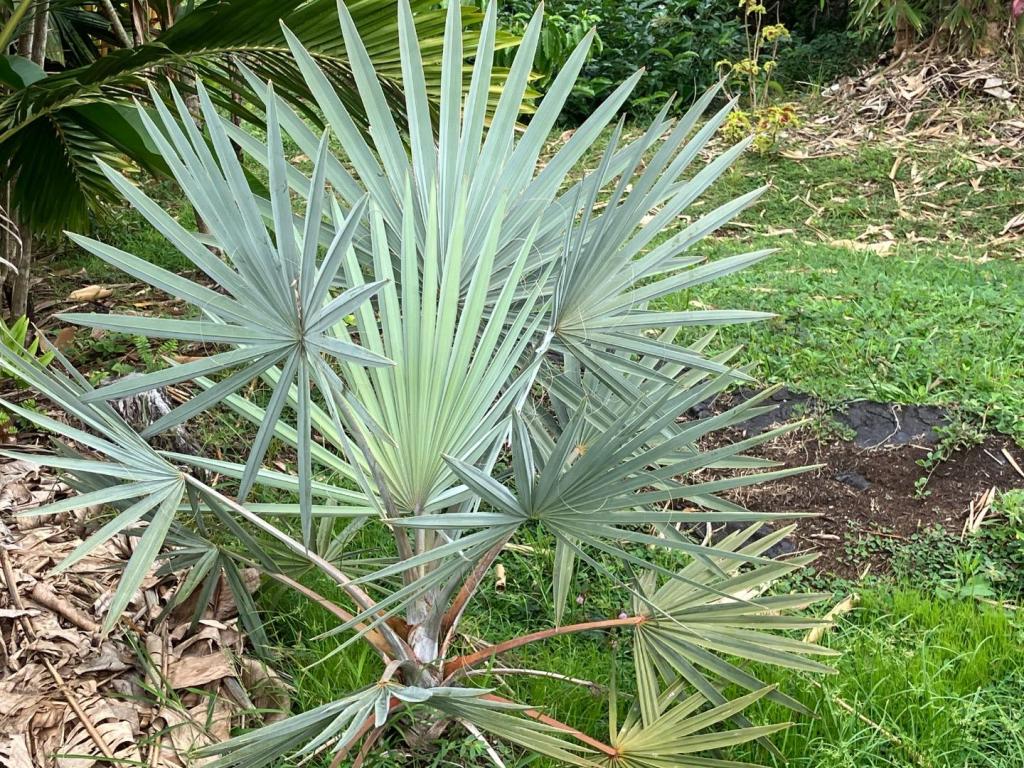

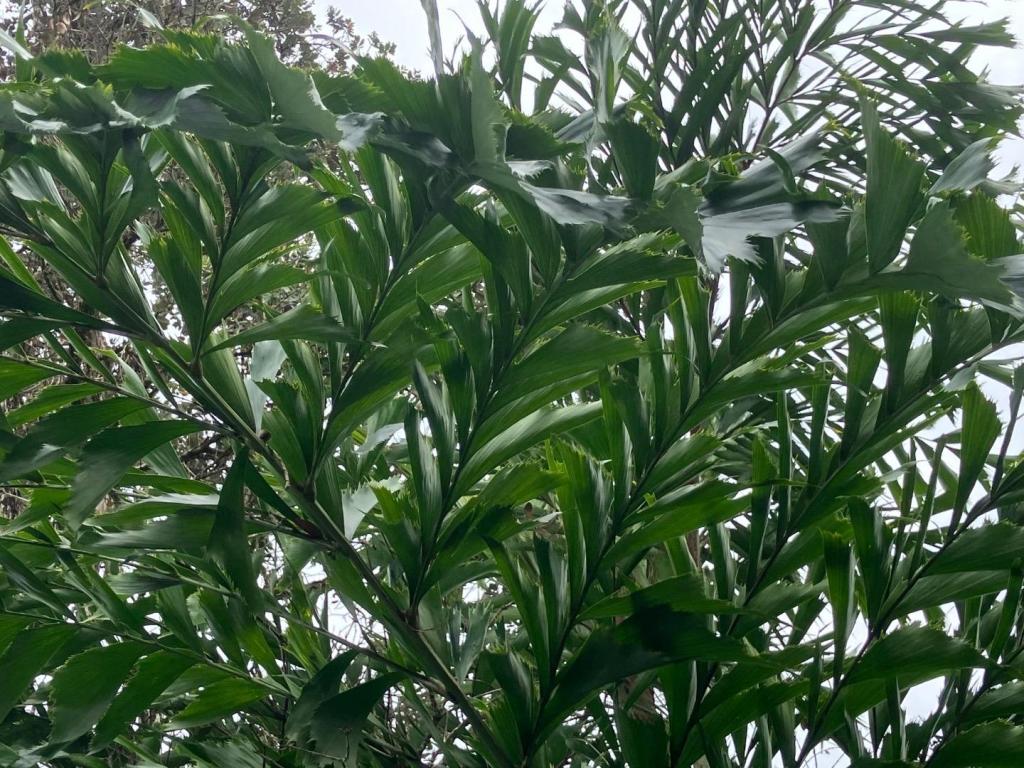






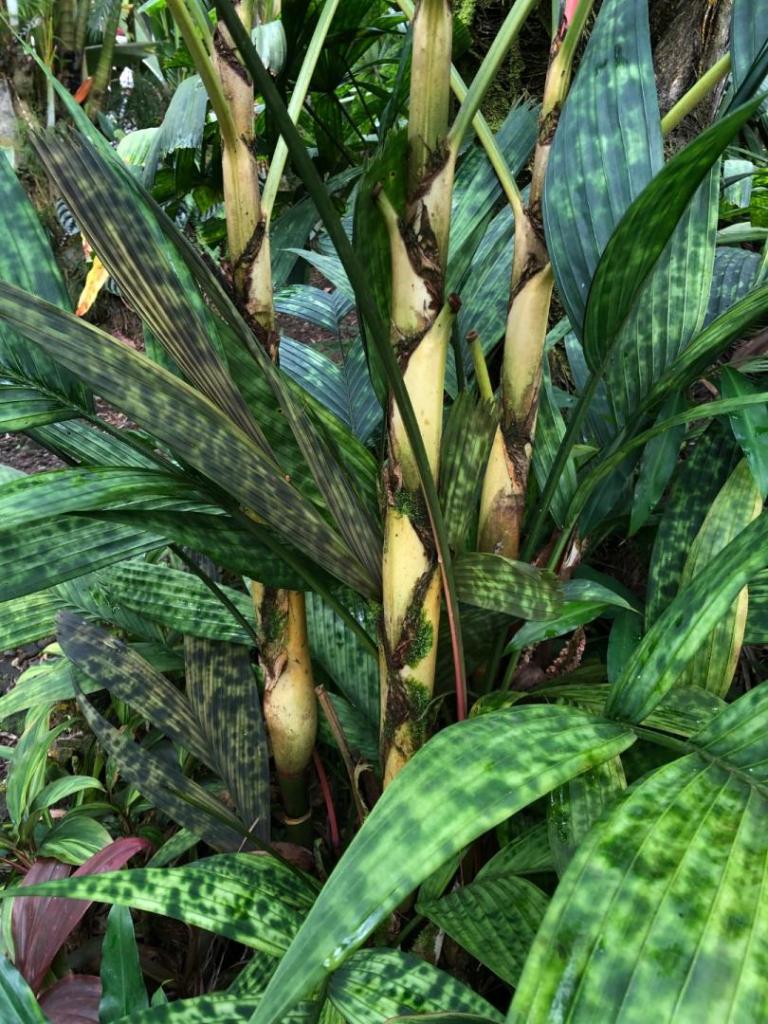



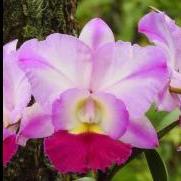
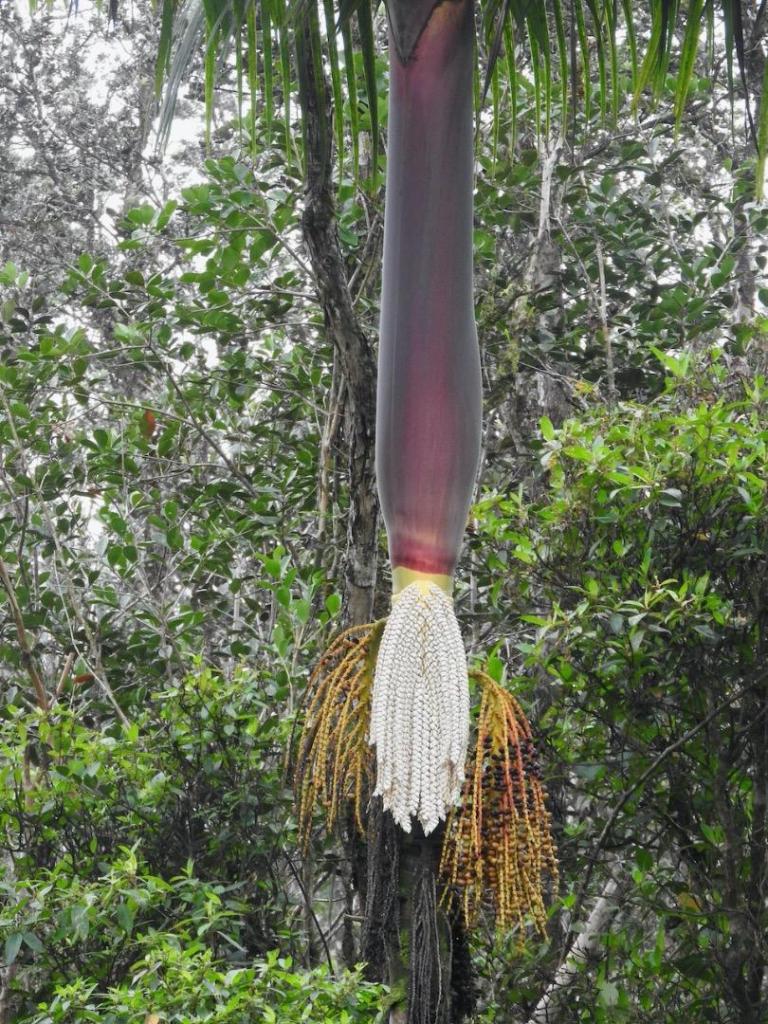
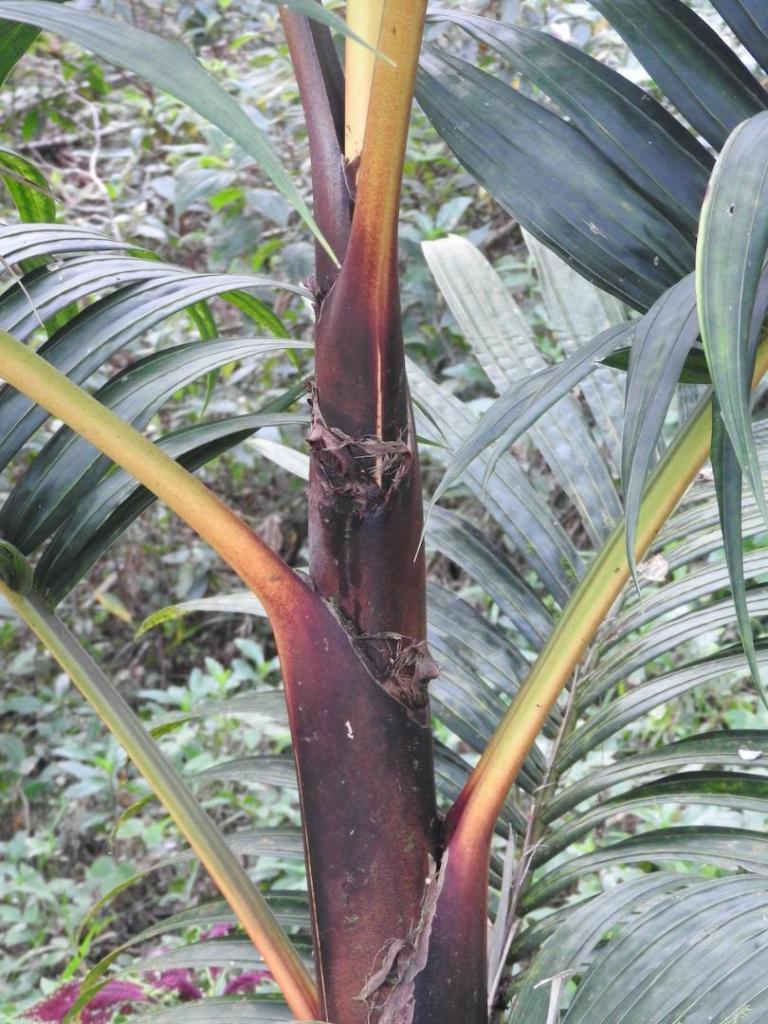
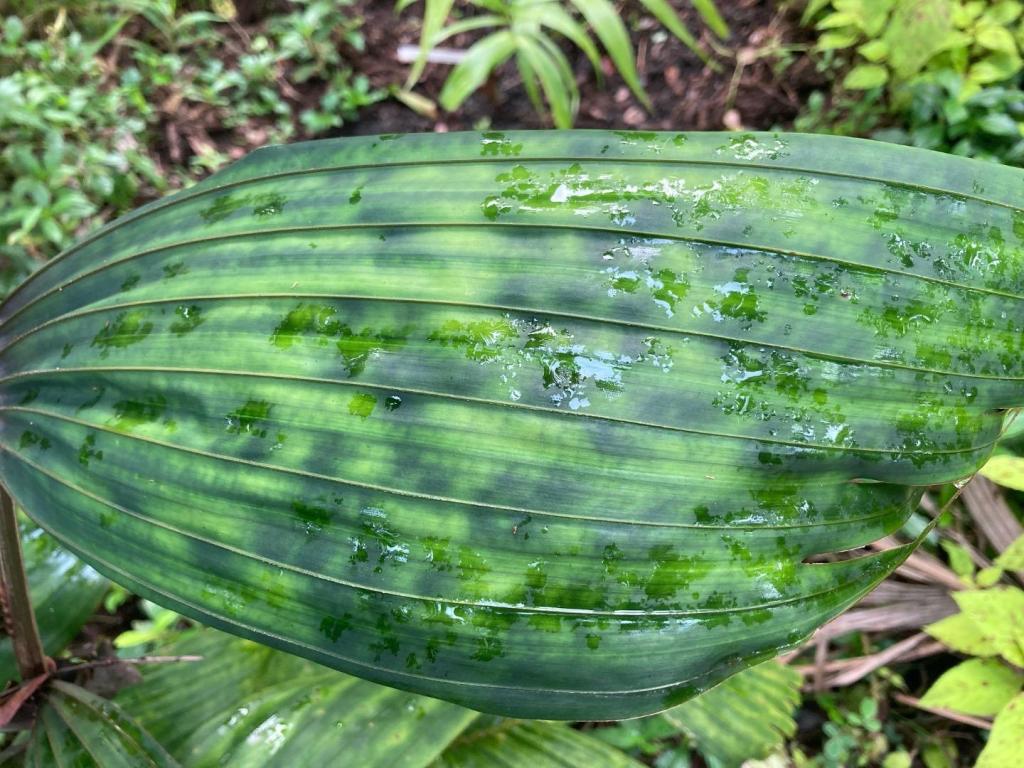







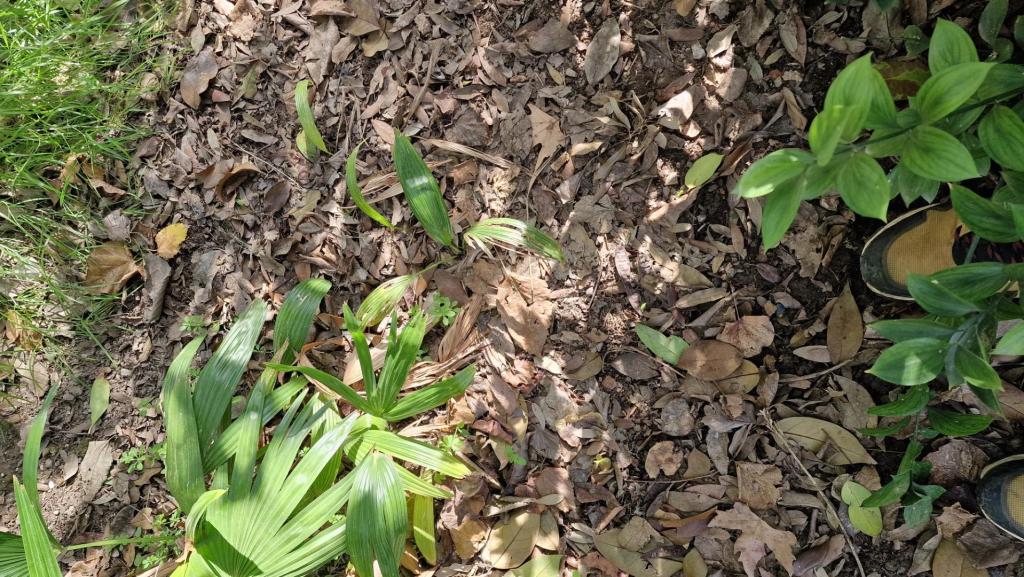



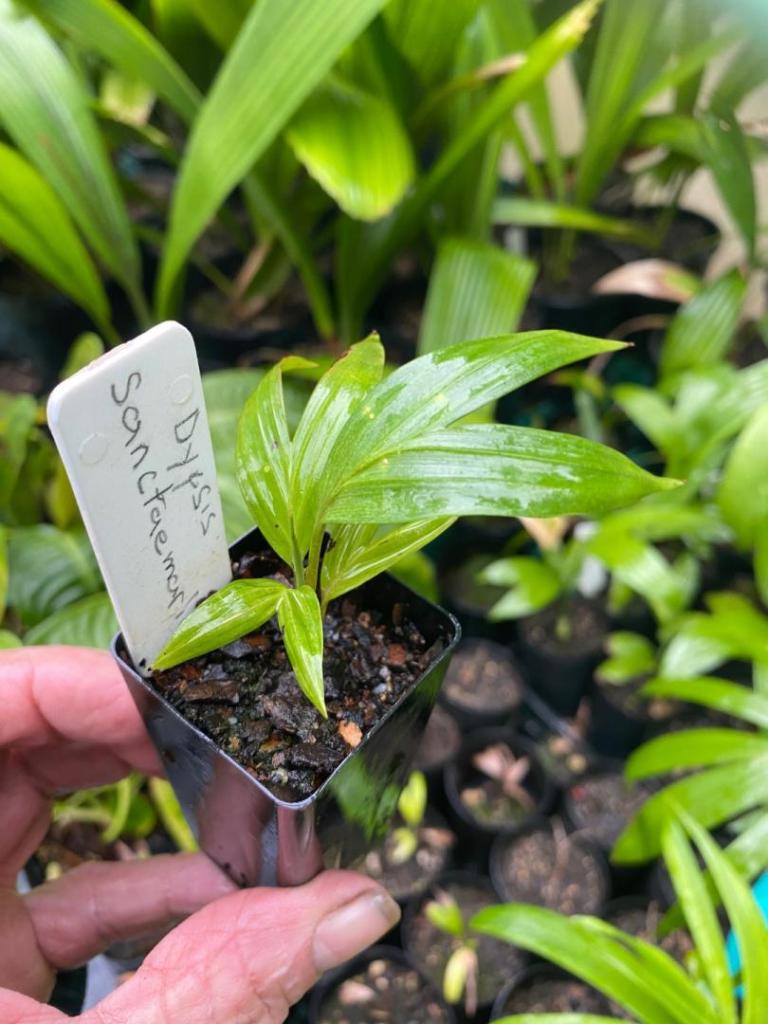
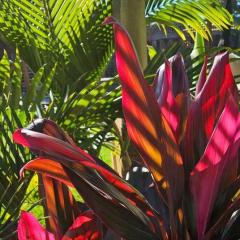





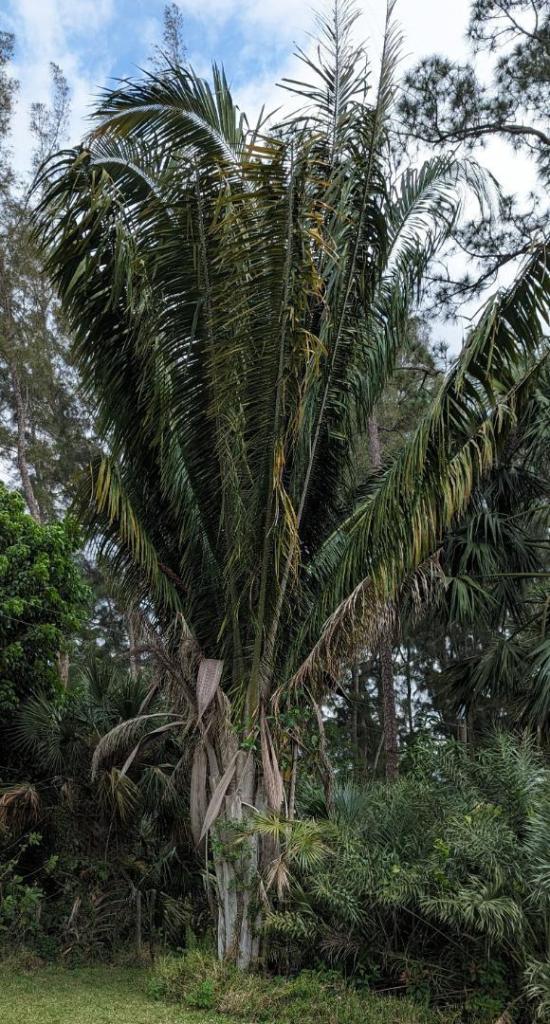
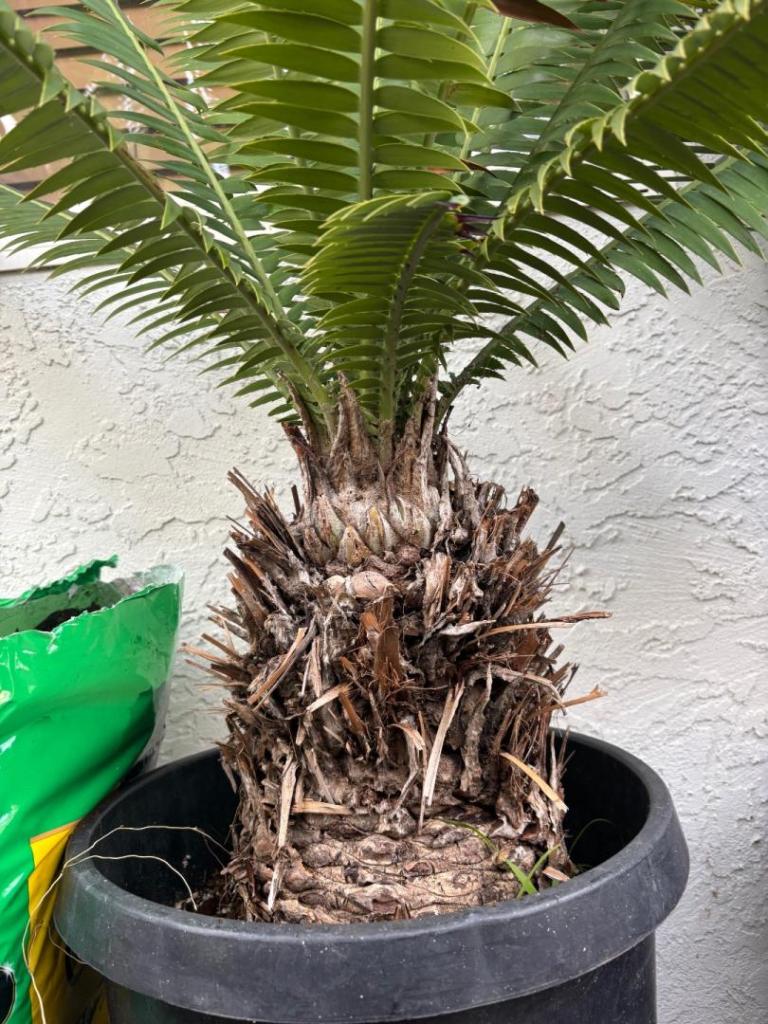

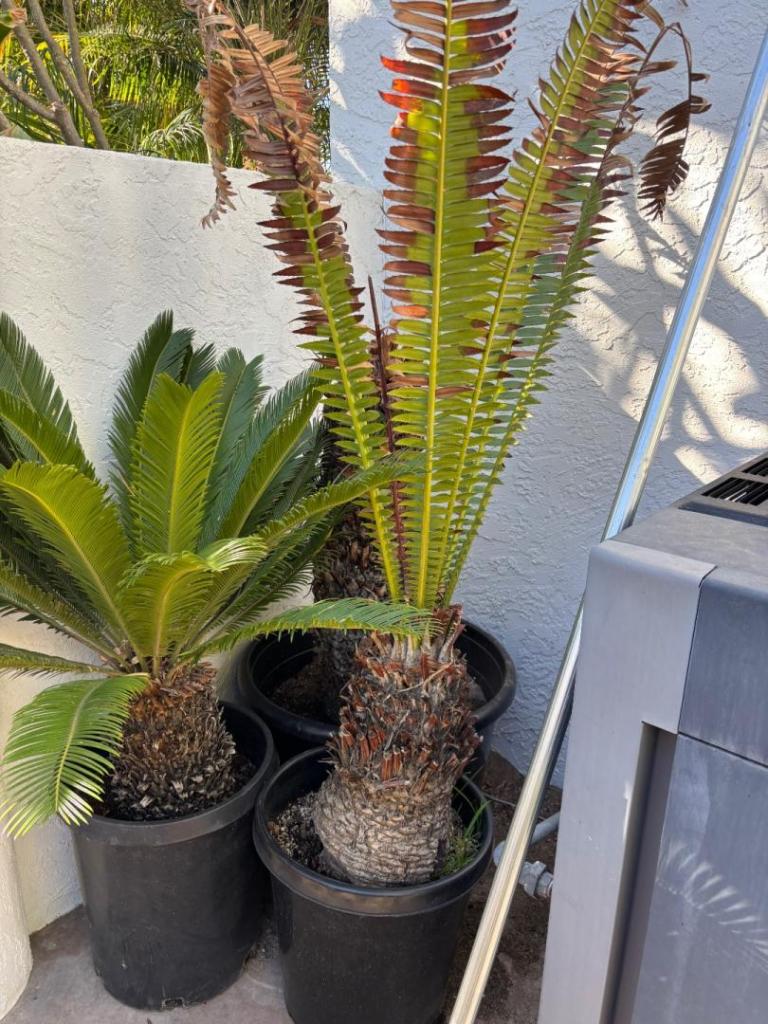

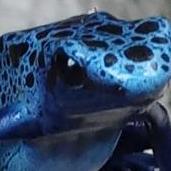

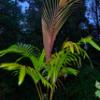
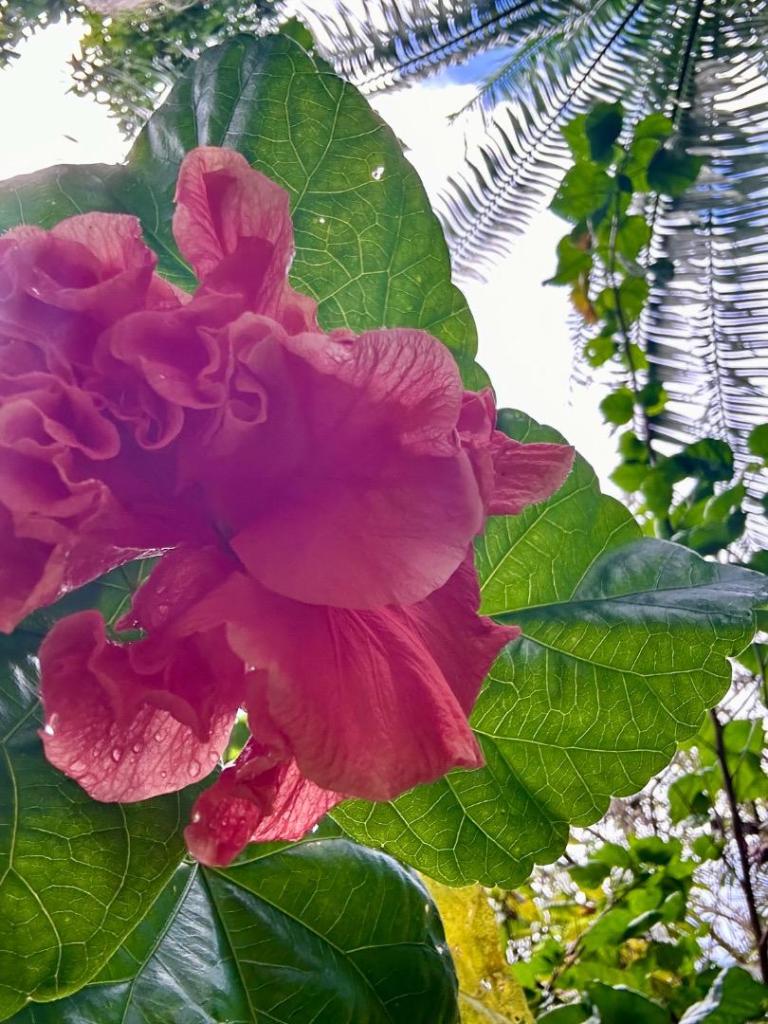





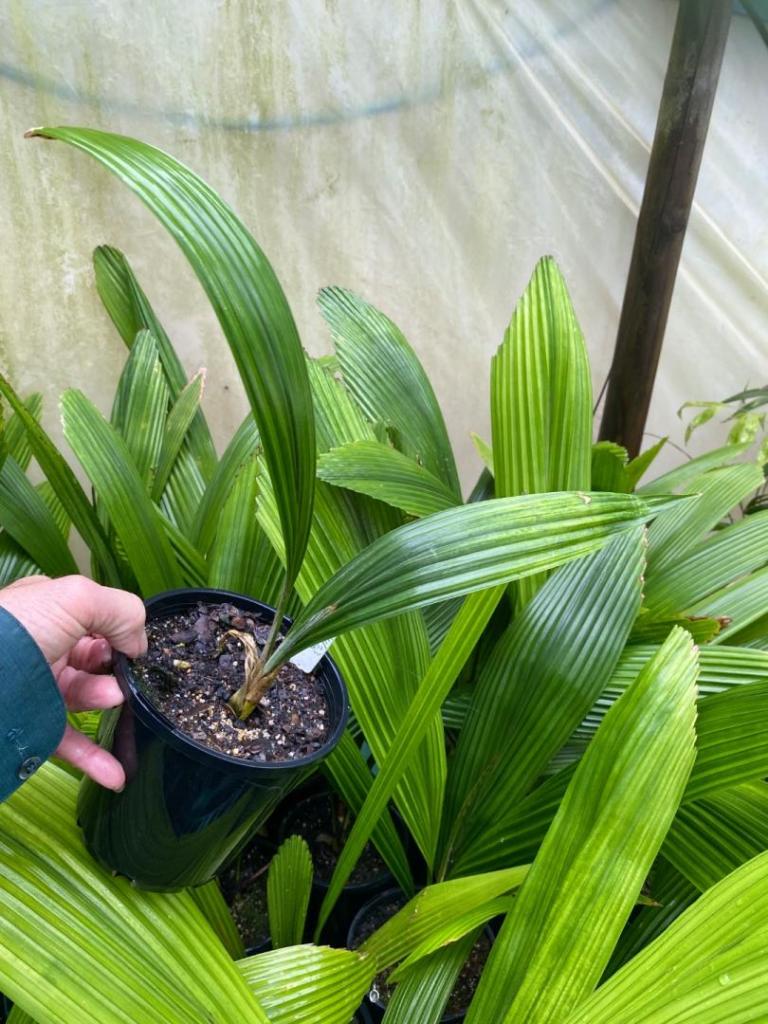
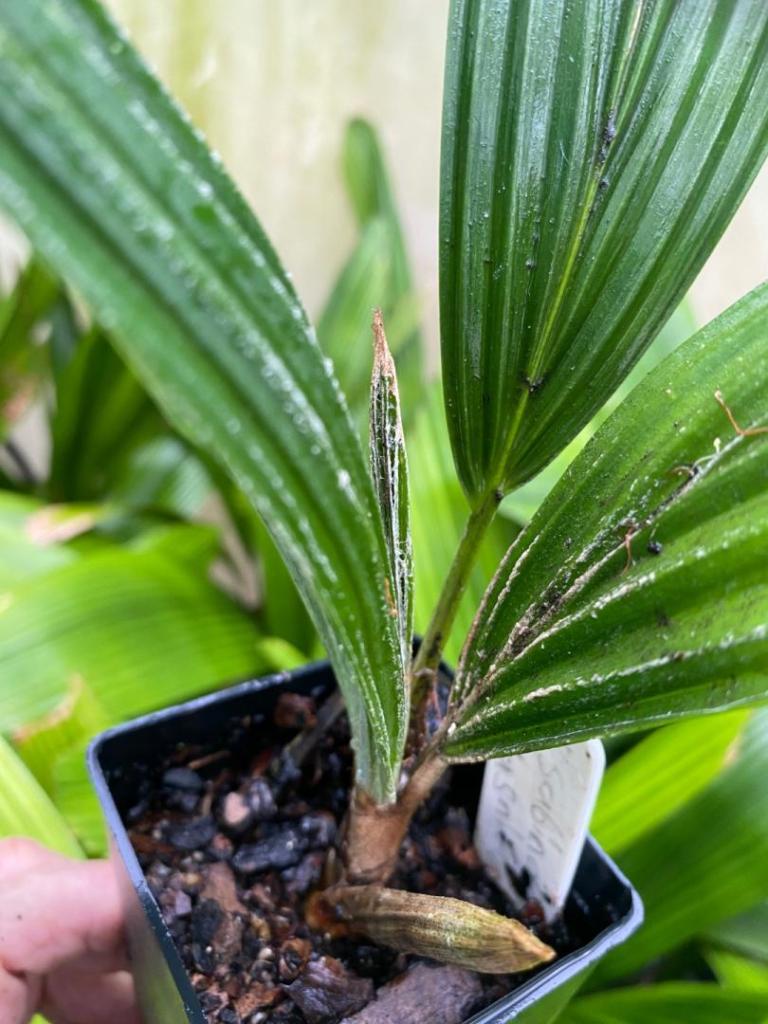








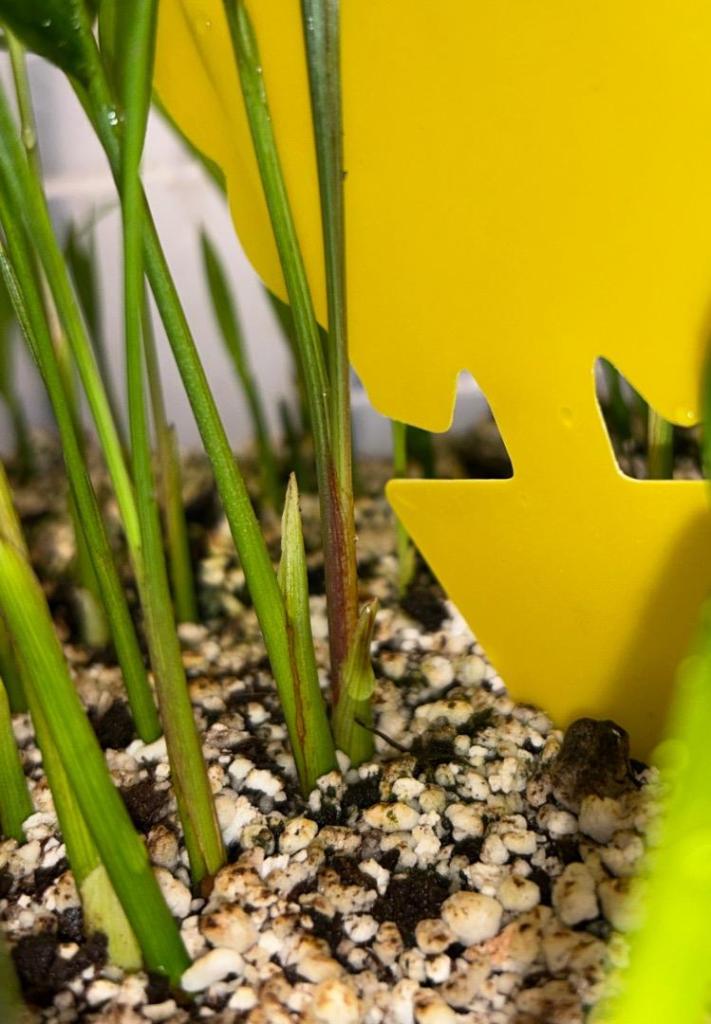




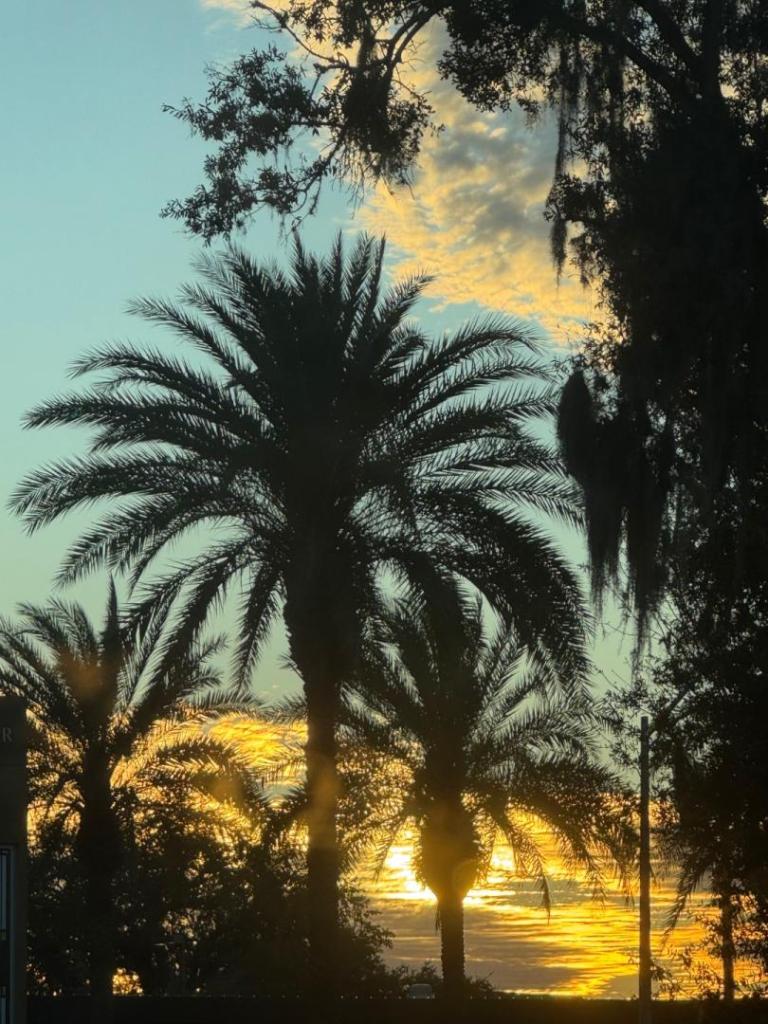
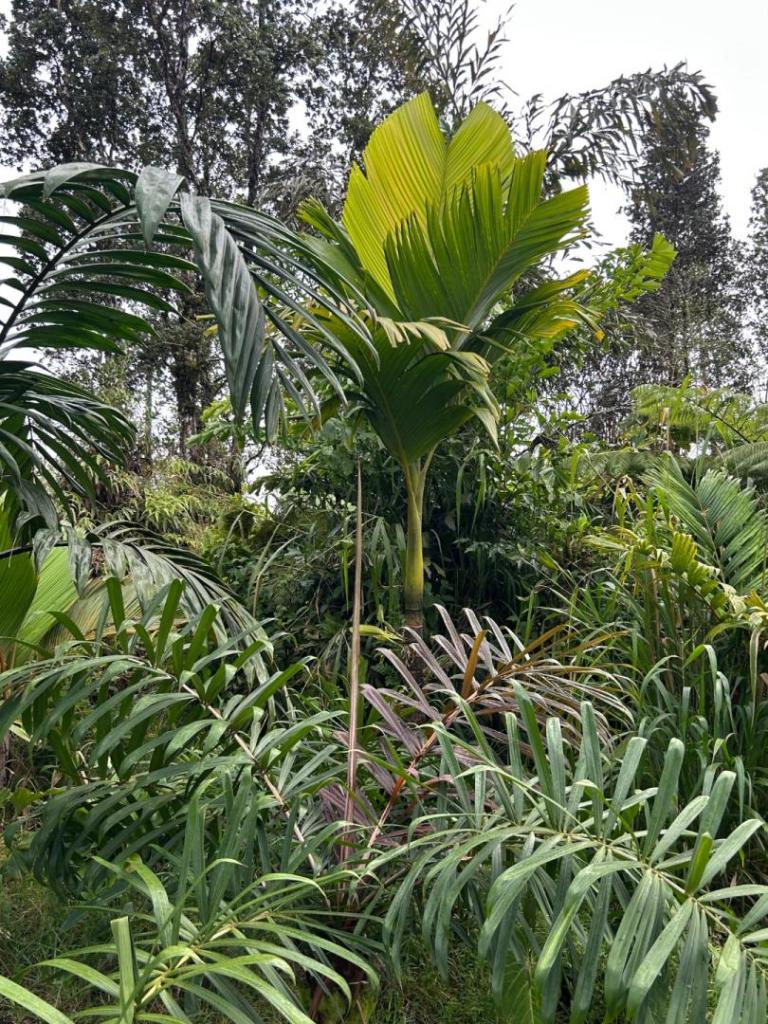










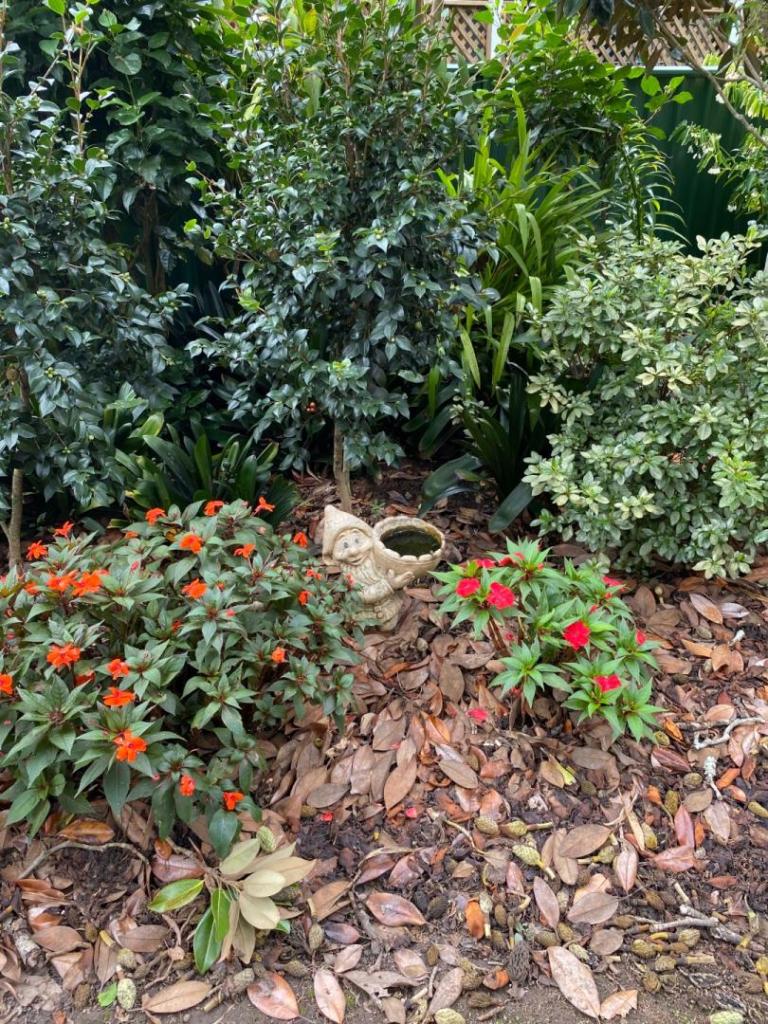
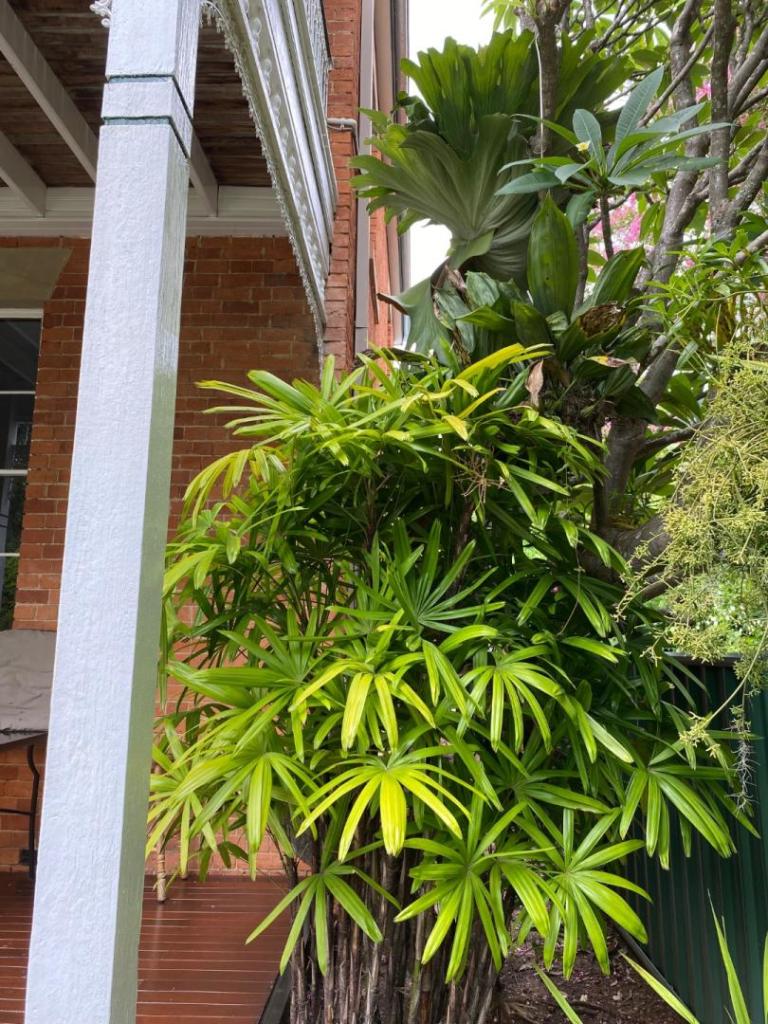

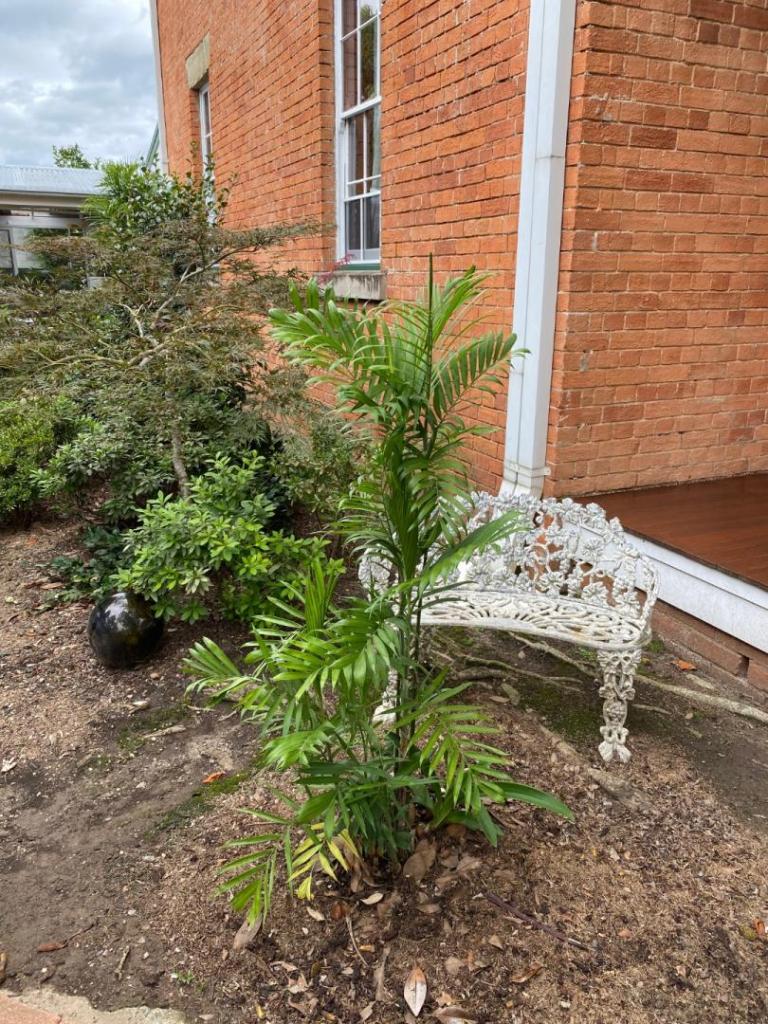




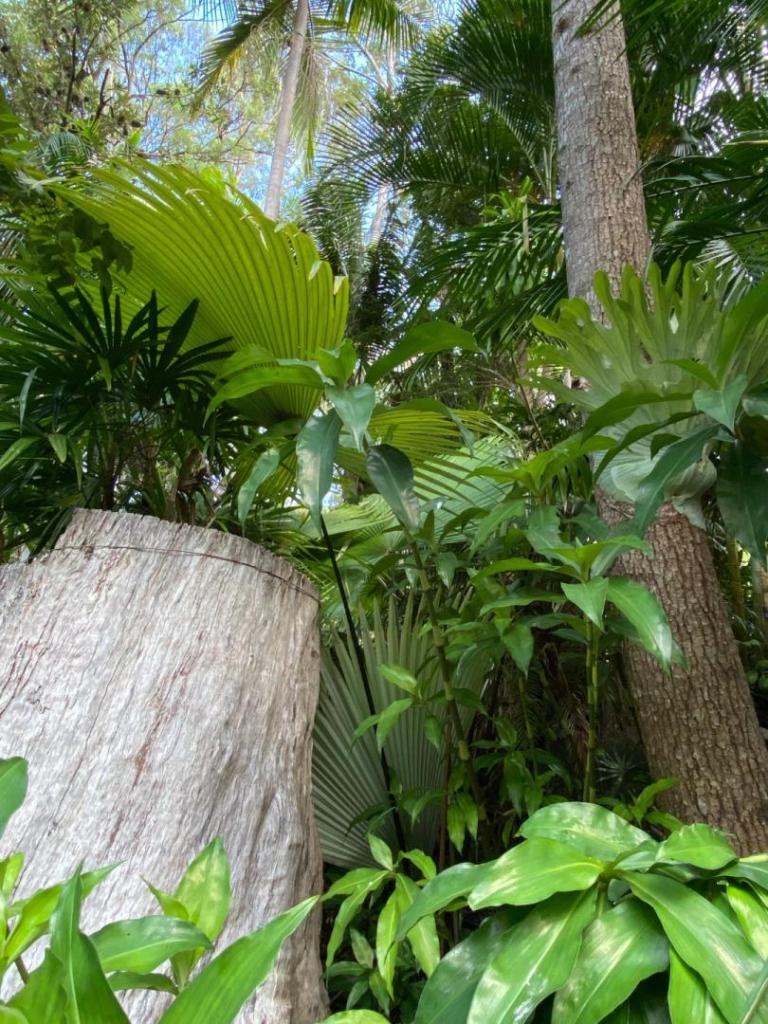
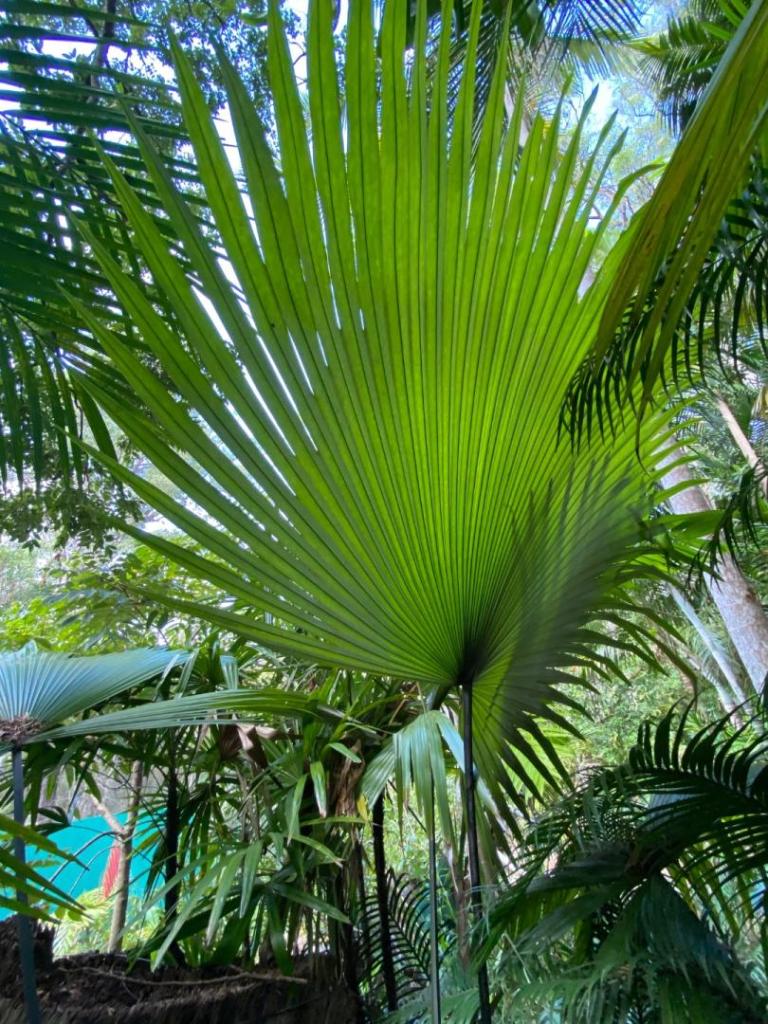







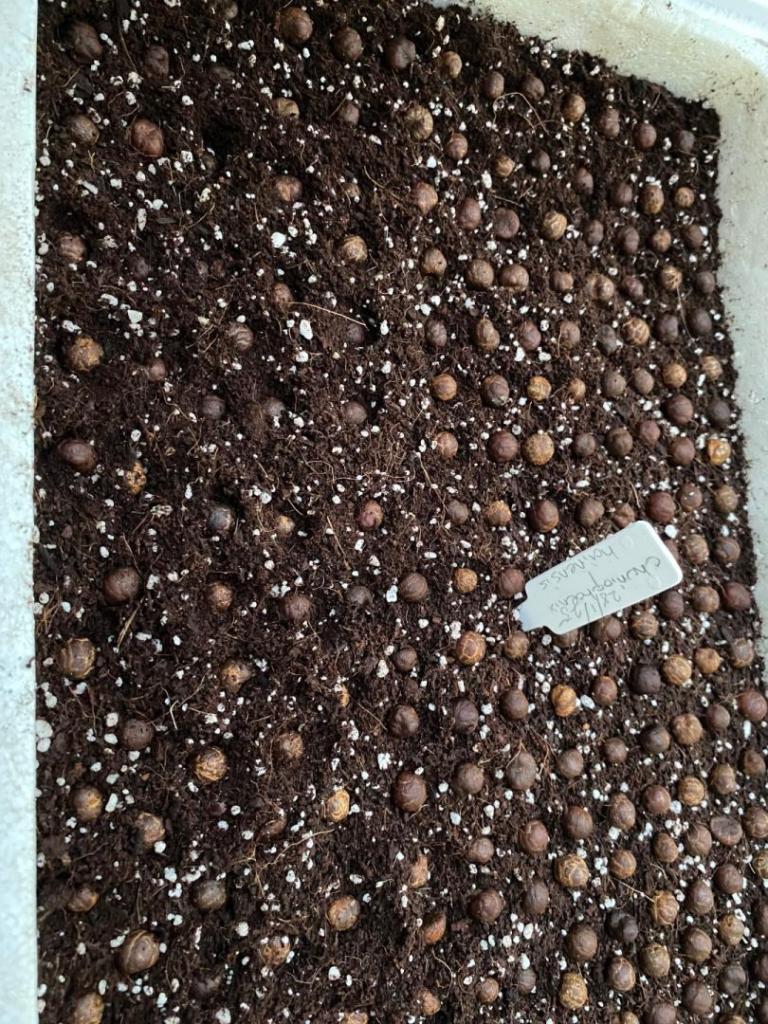
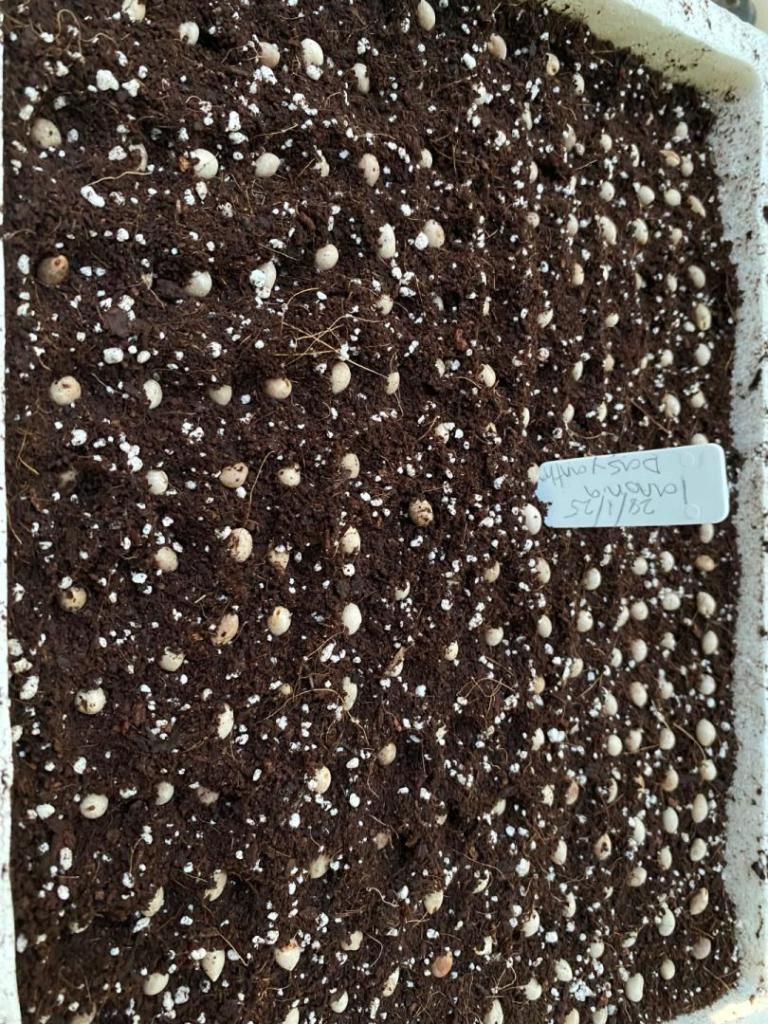

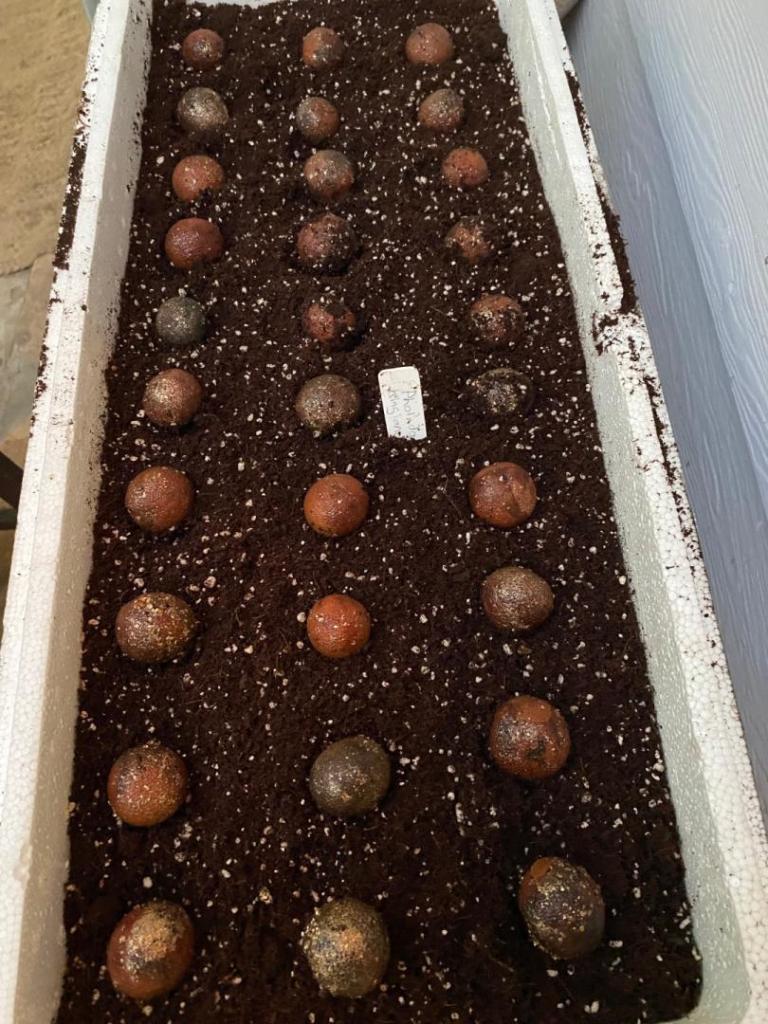


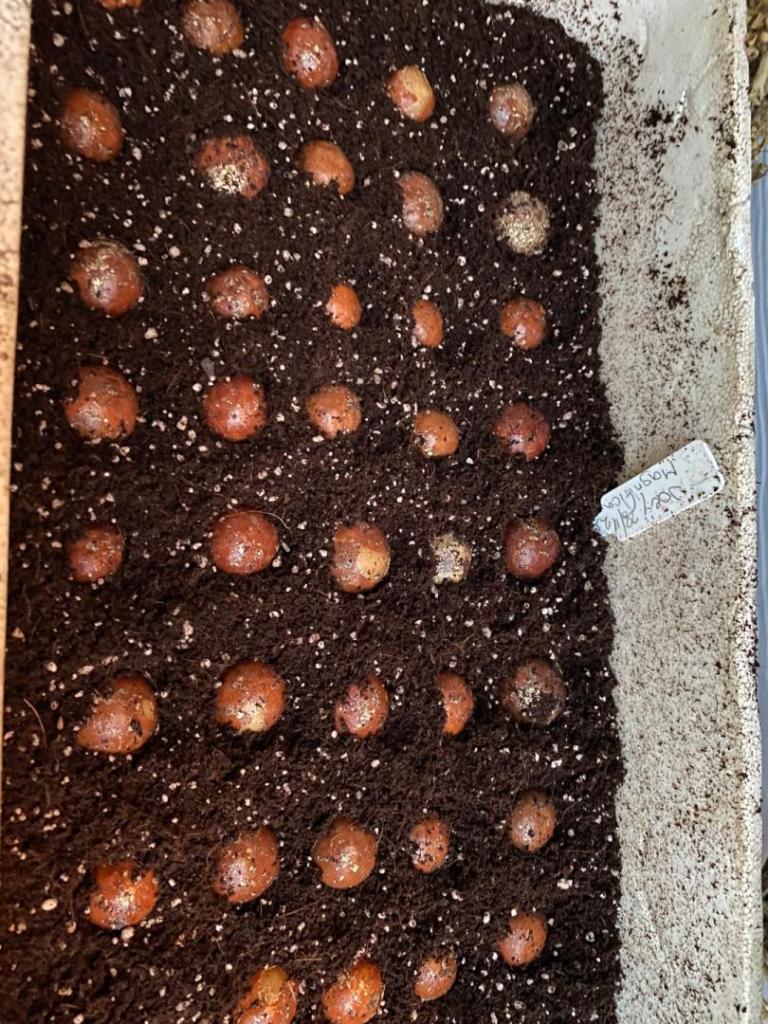


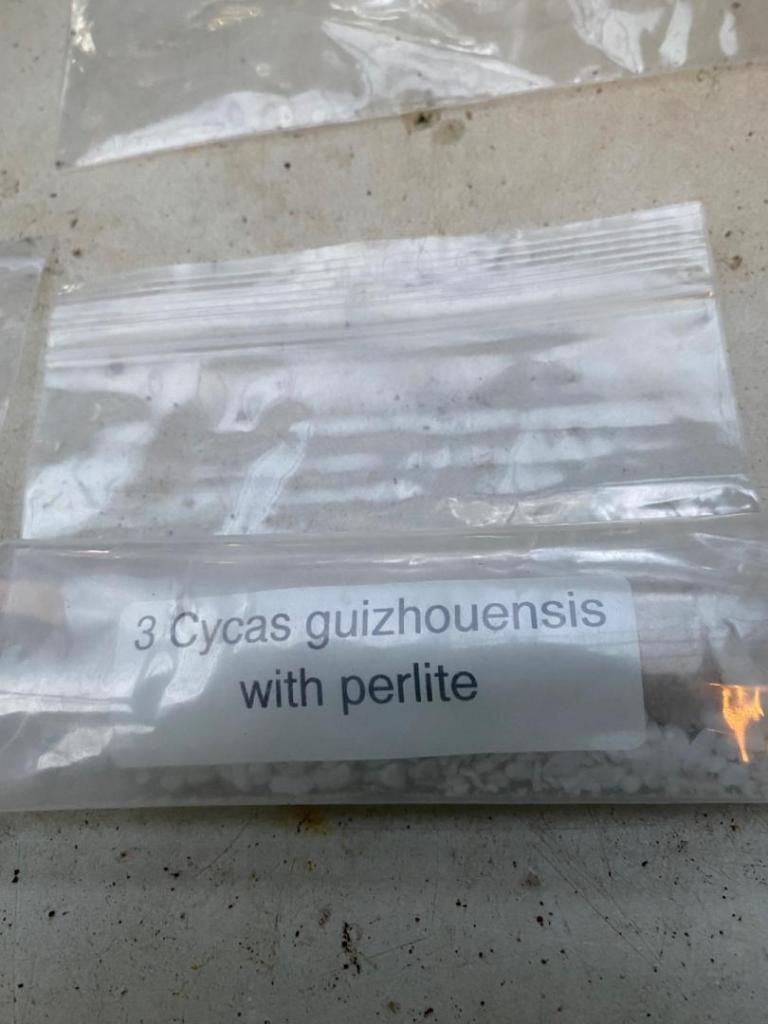
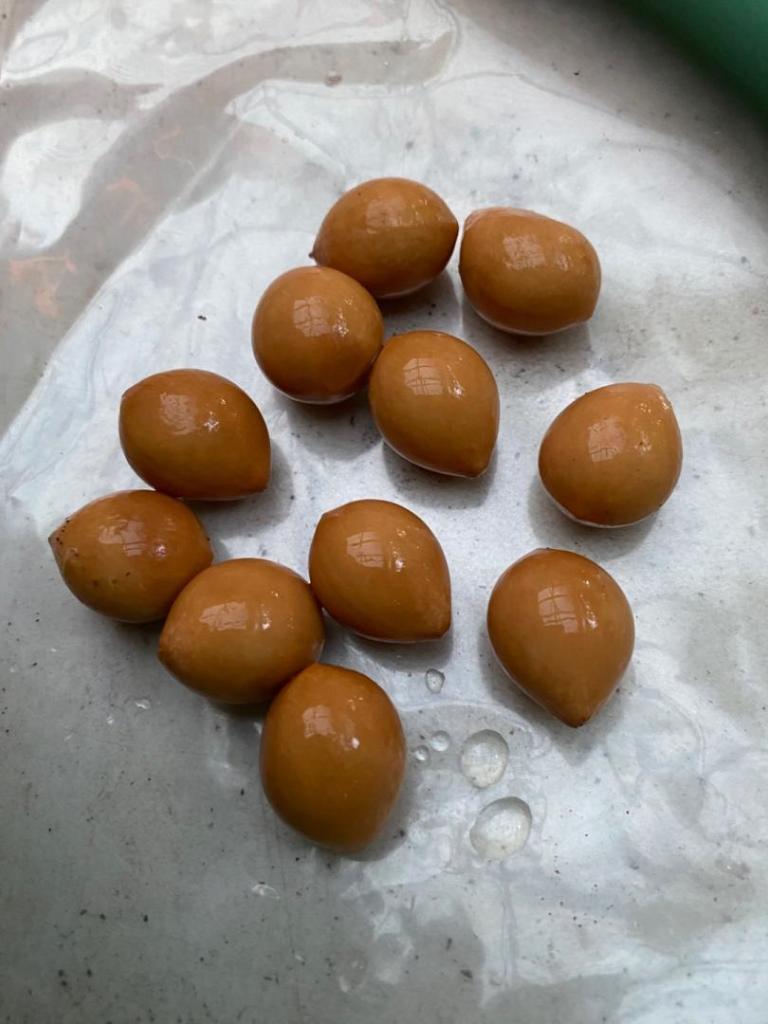




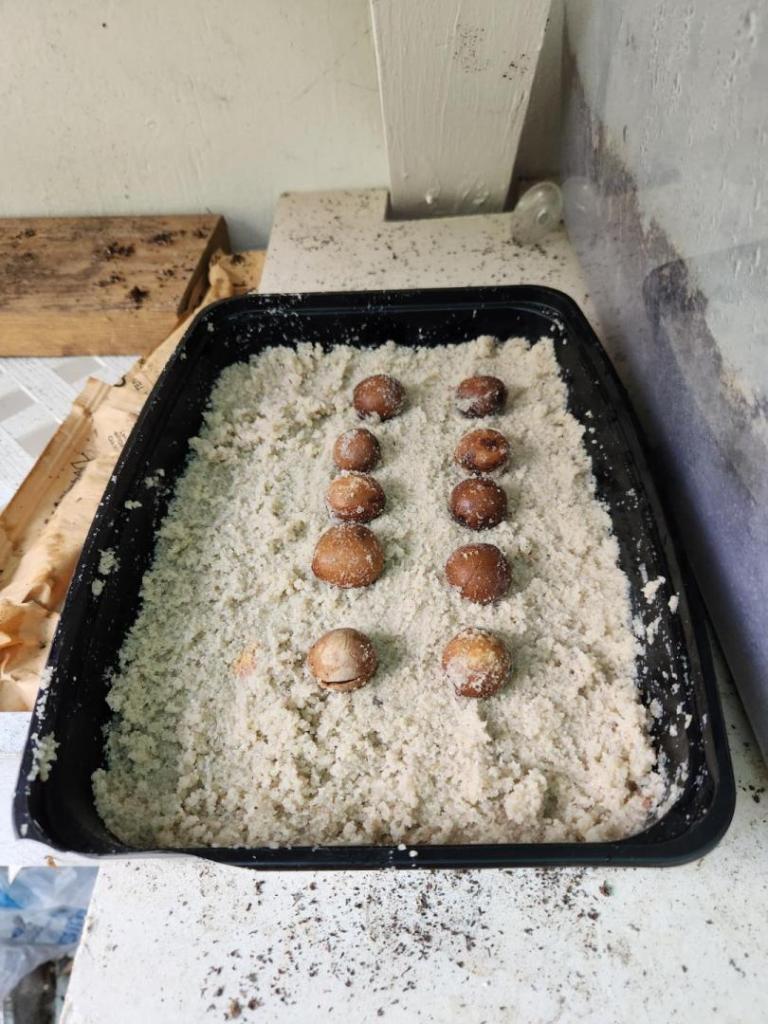

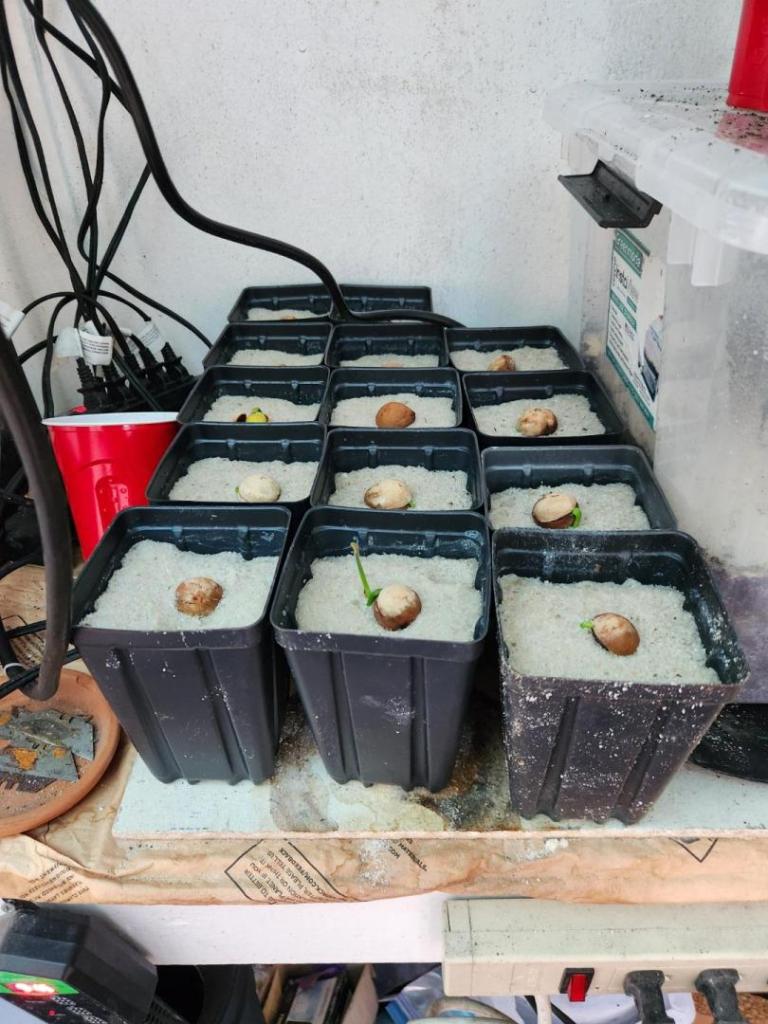


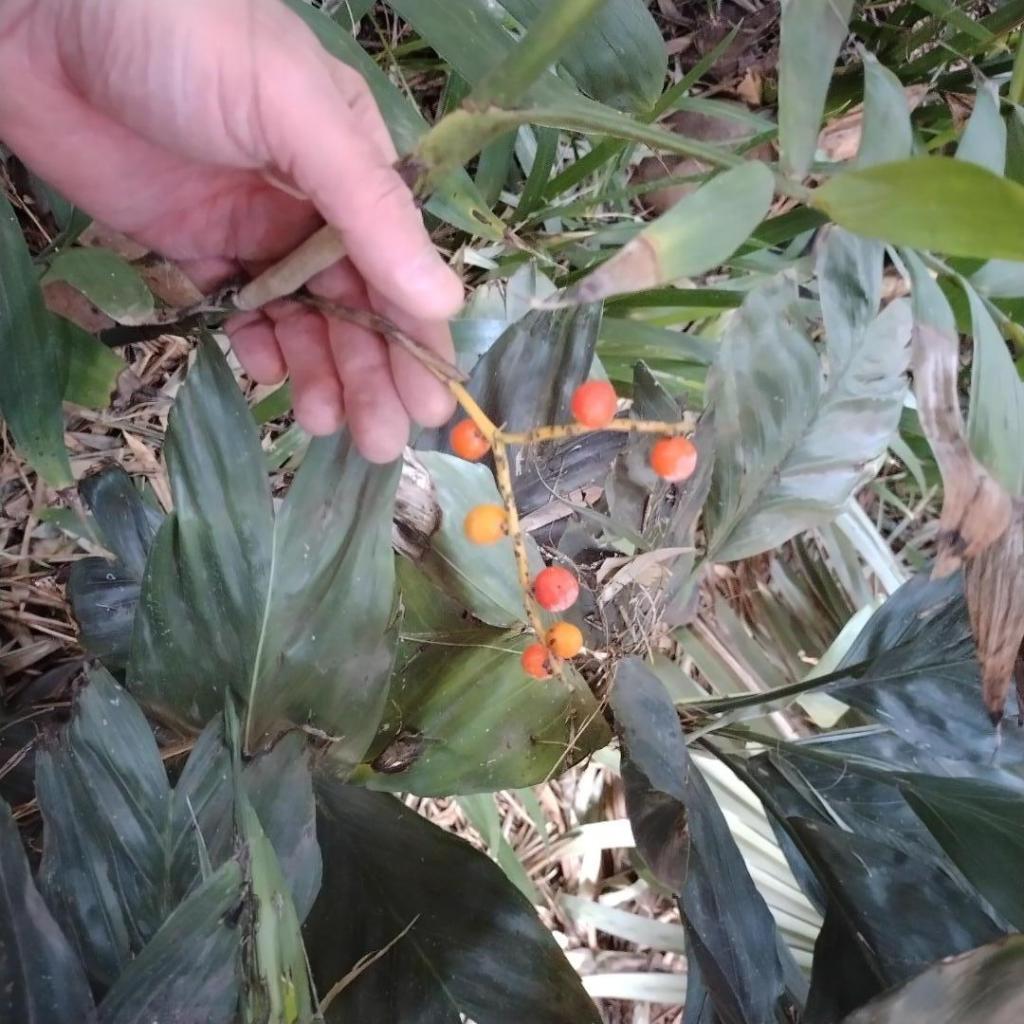

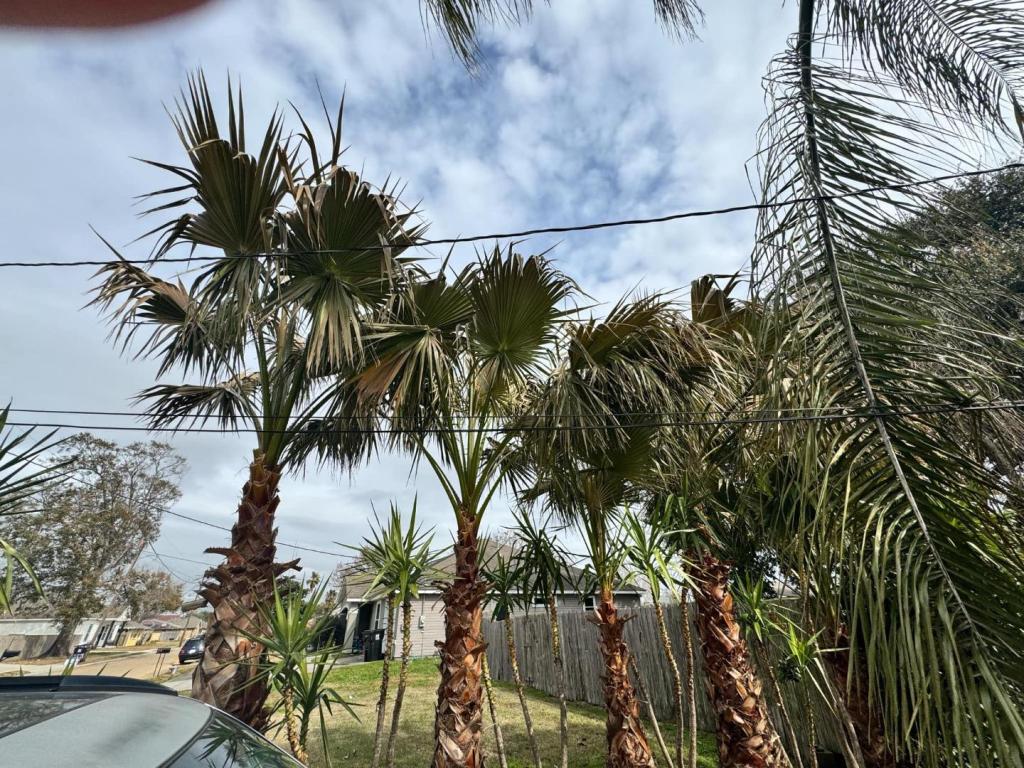


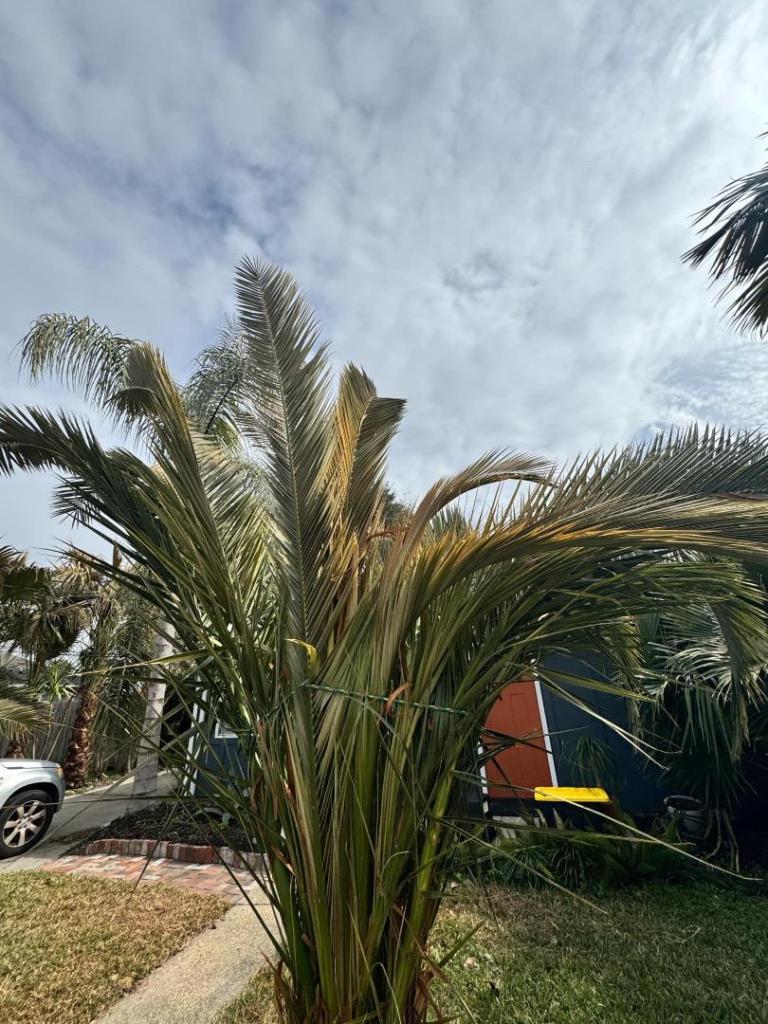
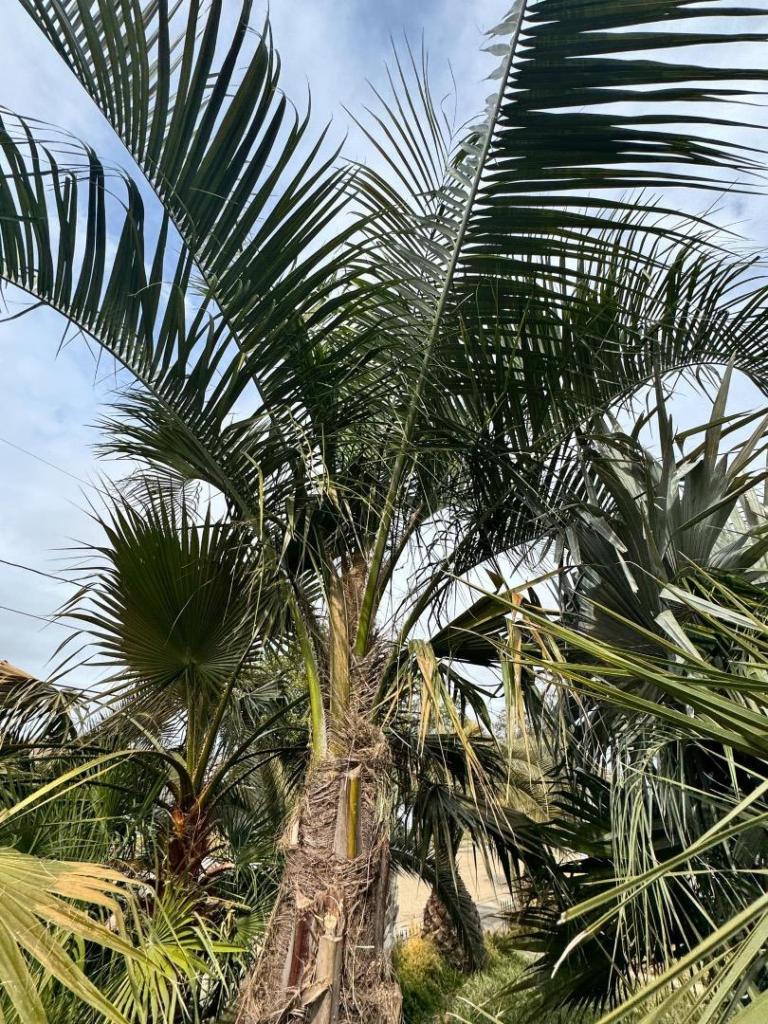
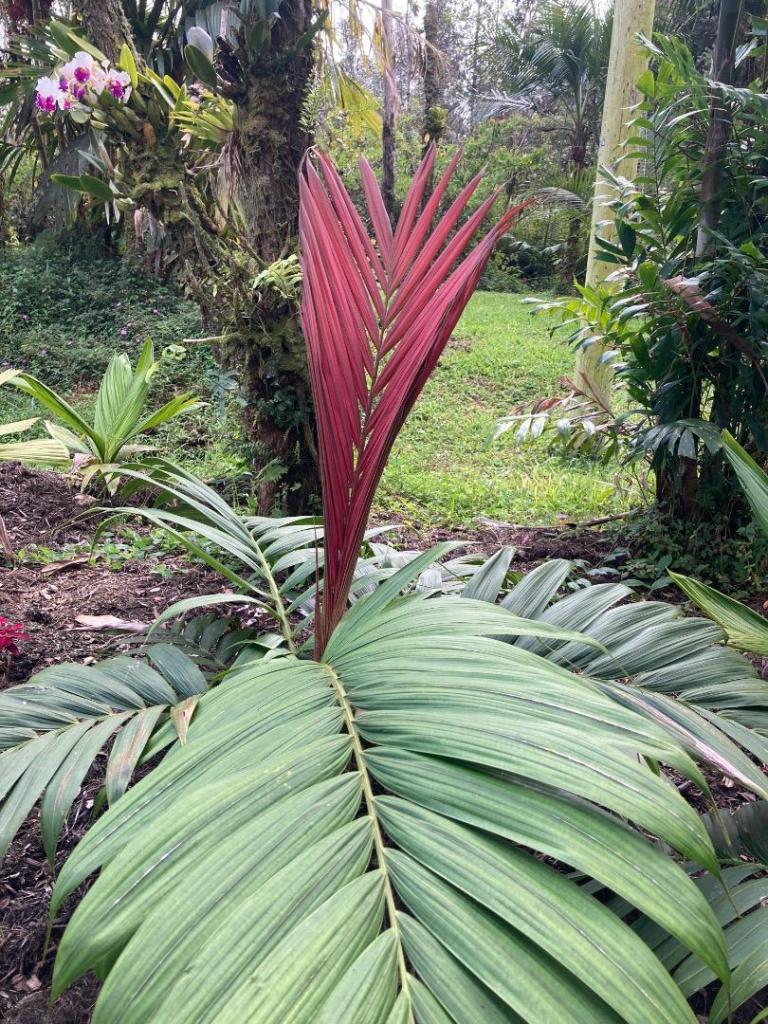

.thumb.jpeg.2b5b91d84f120aee1a8f704d766caff9.jpeg)
